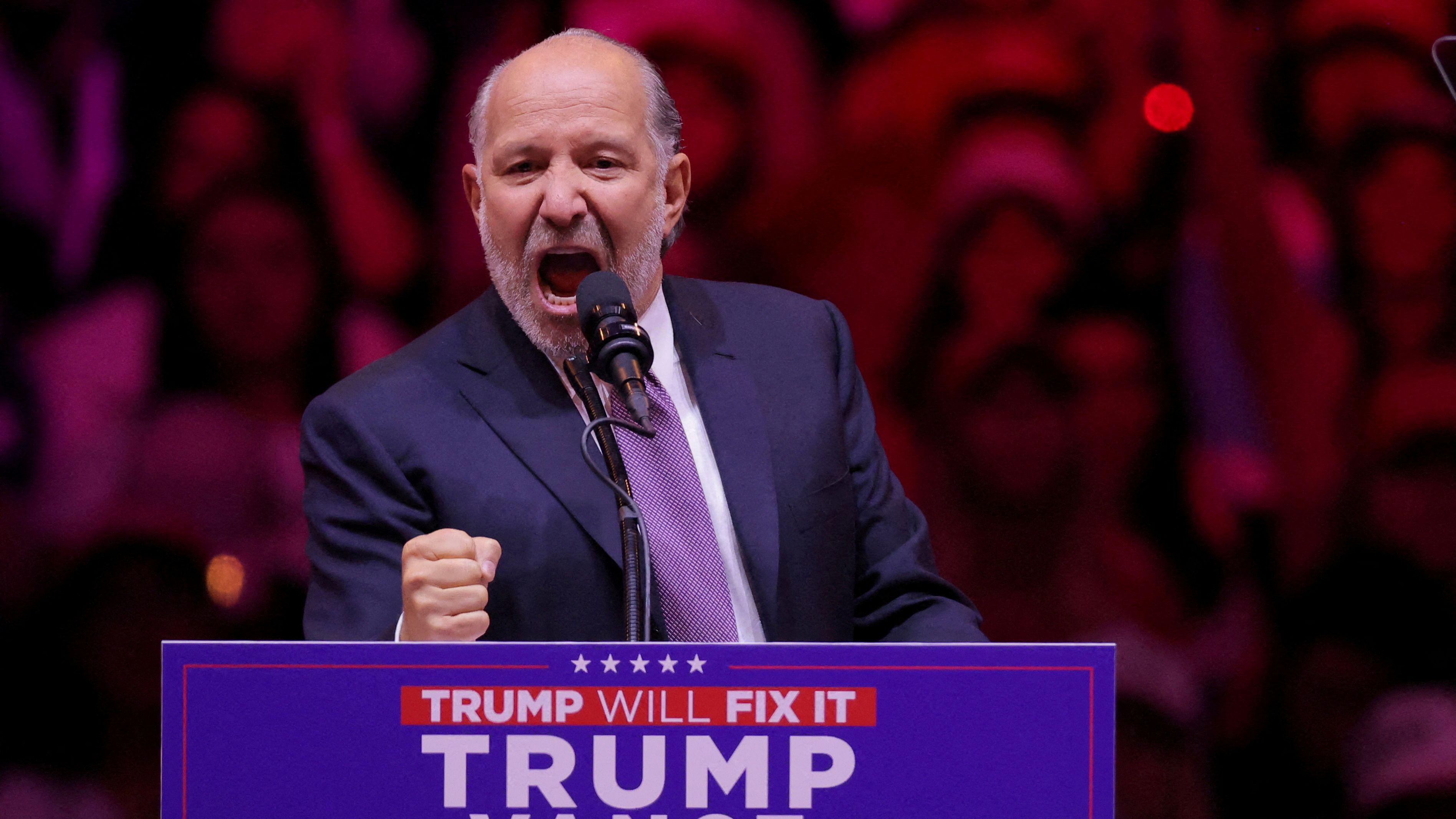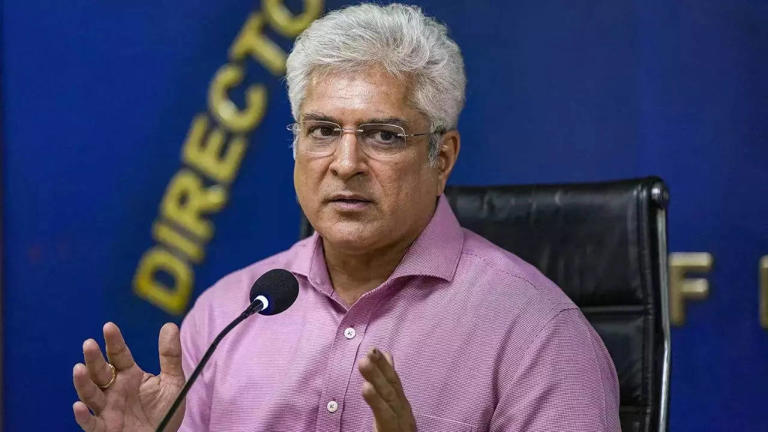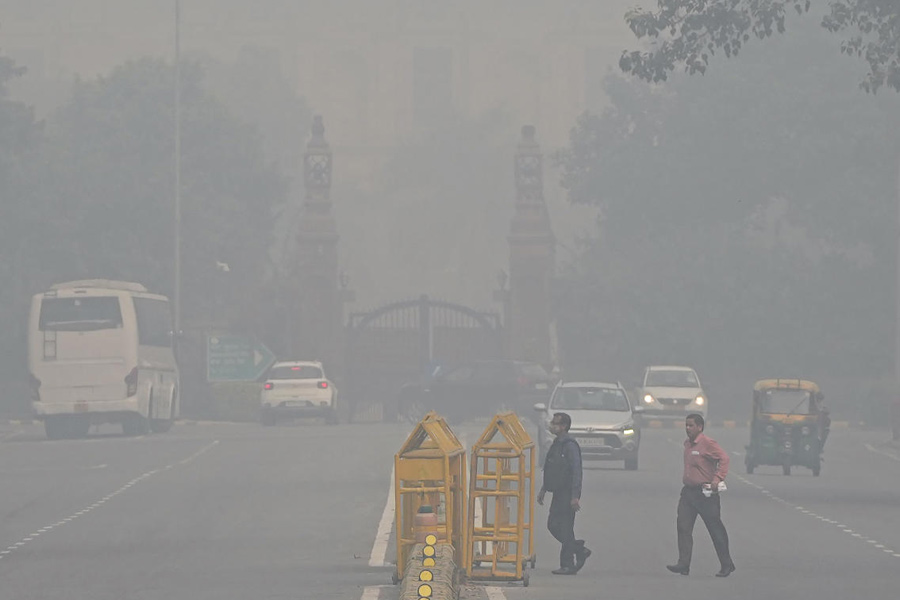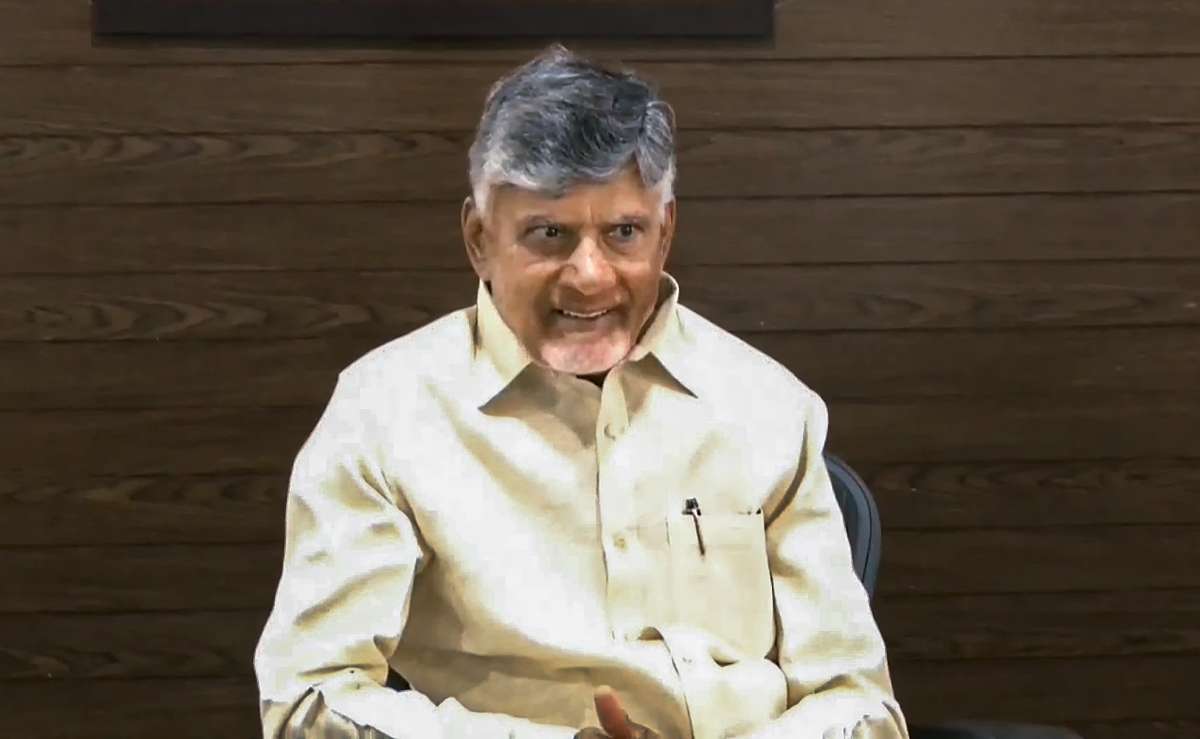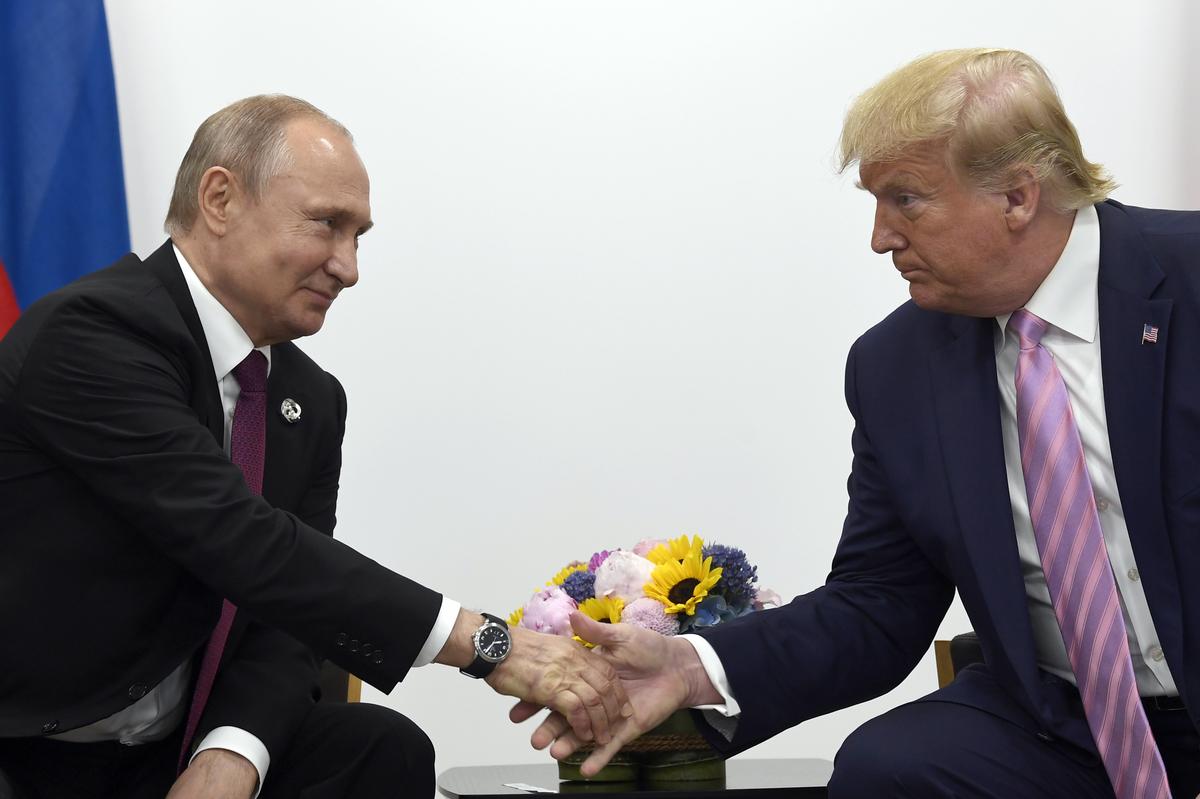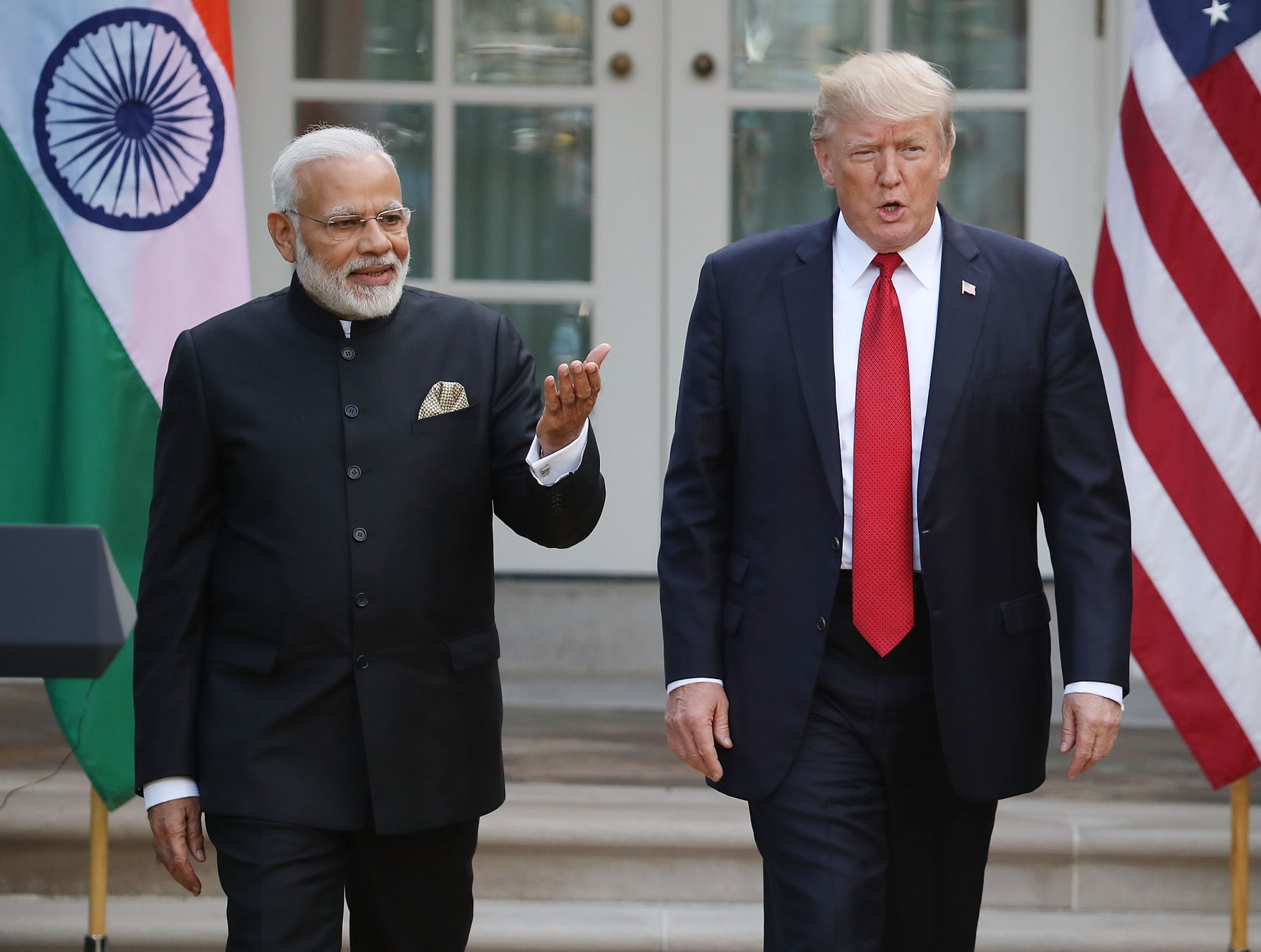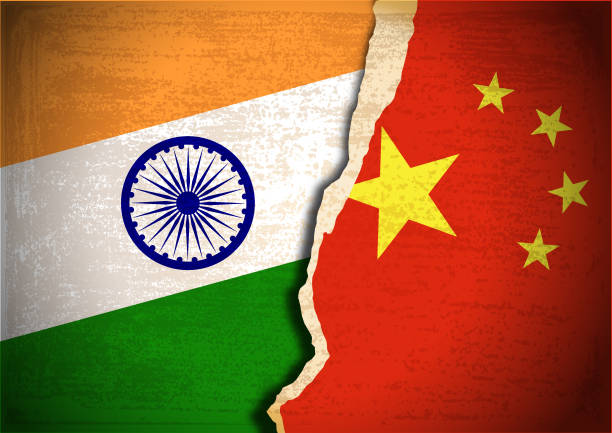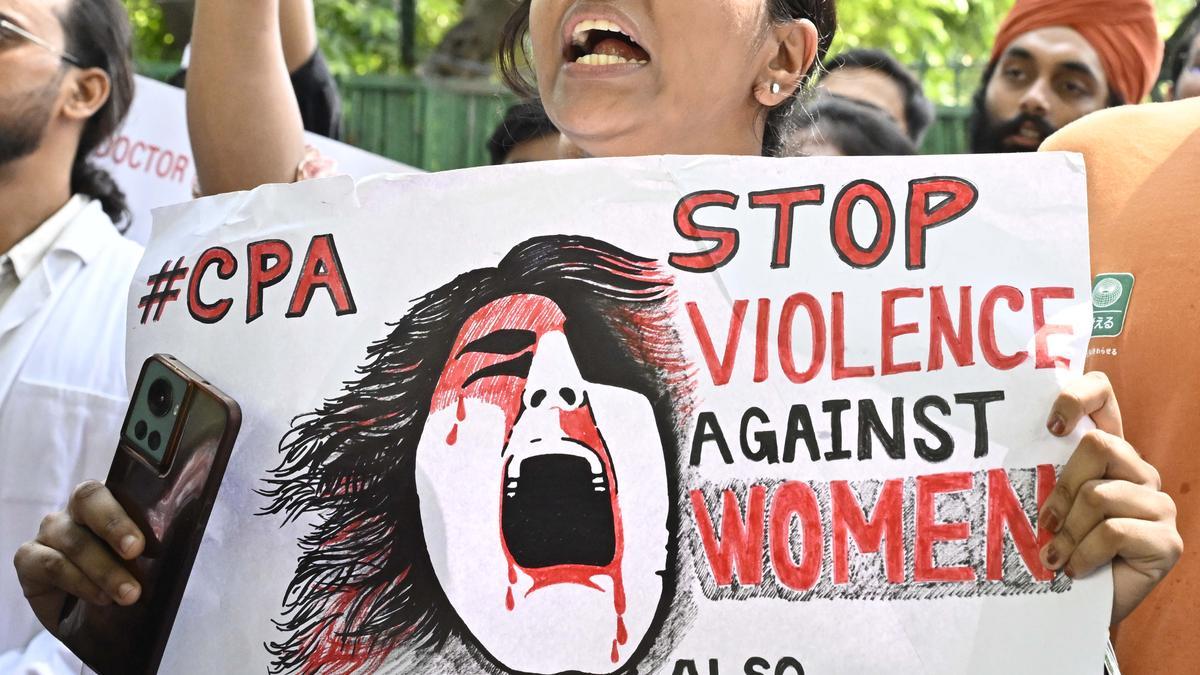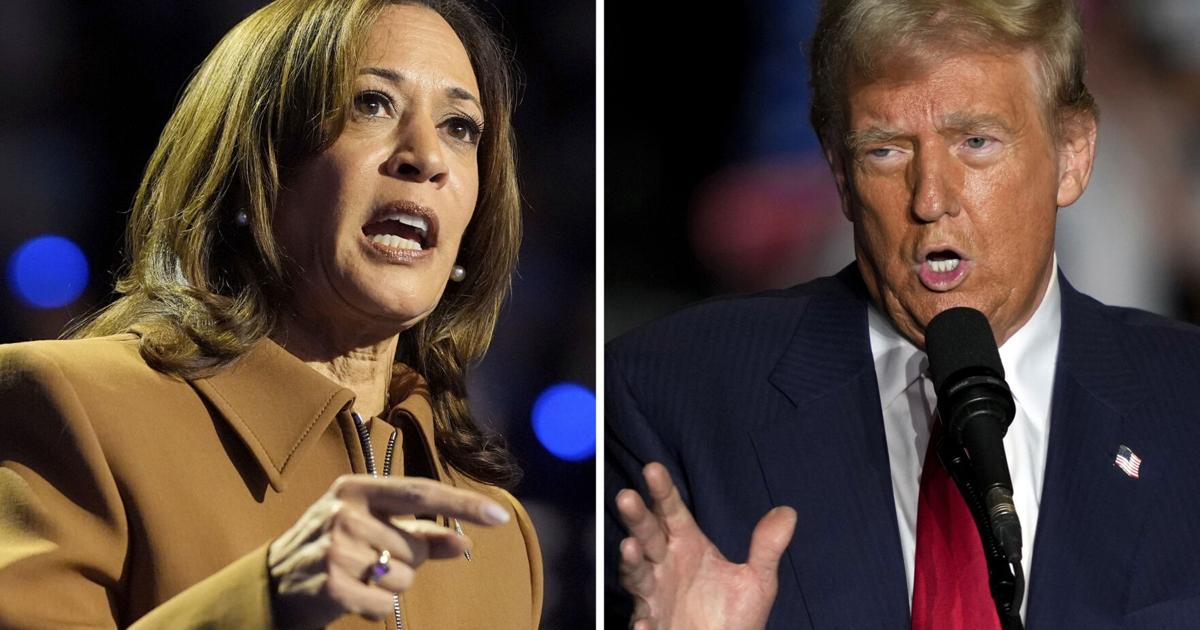Home / home / Tehran on High Alert: US-Iran Tensions Escalate as Trump Deploys Bombers and Warships
Tehran on High Alert: US-Iran Tensions Escalate as Trump Deploys Bombers and Warships
By: My India Times
5 minutes read 183Updated At: 2025-04-07

Regional instability looms as Iran braces for possible confrontation following US military buildup in the Persian Gulf
The fragile relations between the United States and Iran have taken a sharp turn toward potential confrontation, with Iran placing its military forces on high alert in response to a significant increase in US military presence near its borders. The development follows President Donald Trump’s latest move to bolster American firepower in the Middle East, sending a clear and forceful message to Tehran after diplomatic efforts appeared to stall.
According to a report by Reuters citing an Iranian government official, Supreme Leader Ayatollah Ali Khamenei has ordered Iran’s armed forces into a state of heightened readiness. This decision comes amid growing concerns in Tehran over Washington’s shifting posture, with the White House deploying strategic bombers and repositioning naval assets closer to Iranian territory.
Trump Warns of Consequences if Diplomacy Fails
President Trump recently escalated rhetoric toward Iran, urging its leadership to return to the negotiating table over its nuclear program. During a speech last month, Trump reiterated that while his administration remains open to diplomacy, he will not hesitate to authorize military action should talks break down or Iran continue its alleged pursuit of nuclear weapons.
"If Iran refuses to come to the table and continues on its path of provocation, we will act decisively," Trump said. "All options remain on the table."
This stance is in line with the Trump administration’s broader strategy of exerting "maximum pressure" on Tehran—a policy that includes re-imposing tough economic sanctions, forging regional alliances, and showcasing military strength.
Aircraft Carriers and Stealth Bombers Move In
Tensions have surged following the relocation of the USS Carl Vinson, an American aircraft carrier, from the Pacific to the Persian Gulf. It has now joined the USS Harry S. Truman, another carrier already stationed in the region. The deployment is part of a broader maneuver to project force and deter what Washington describes as “increased Iranian aggression.”
In addition, the US has deployed a fleet of stealth bombers to Diego Garcia, a strategic military base in the Chagos Islands in the Indian Ocean. From this location, these long-range aircraft have the capability to reach Iranian targets within hours, marking a significant increase in the United States’ operational readiness.
A Pentagon spokesperson described the redeployment as a “precautionary measure” in response to “credible threats” posed by Iran to US interests and allies in the region.
Tehran Responds: Military Mobilized, Warnings Issued
In a swift and serious response, Iran has mobilized its armed forces and issued direct warnings to neighboring countries that host American military bases. These include Iraq, Kuwait, the United Arab Emirates, Bahrain, Qatar, and Turkey—all of which could be used as strategic launching points in the event of a US-led offensive.
According to the unnamed Iranian official quoted by Reuters, "Any country that allows the US to use its soil for aggression against Iran will be considered a partner in hostility and may face retaliatory measures."
The official also clarified that Tehran has no intention of bowing to Trump’s demands for direct talks, instead favoring ongoing indirect negotiations facilitated by Oman. "We are not closing the door to diplomacy, but indirect talks offer a safer and more strategic path to assess Washington’s sincerity," the official added.
Regional Risk: Neighbors Caught in the Middle
The Middle East remains a volatile arena, and the latest developments have caused unease across the region. Countries like Iraq and Qatar find themselves caught in a precarious position—balancing strategic alliances with the US while maintaining a functional relationship with Iran, a powerful regional player.
Experts warn that an escalation between Washington and Tehran could quickly spiral into a regional conflict, potentially dragging in multiple actors and destabilizing oil supply routes and global markets.
Dr. Nadia Al-Sayed, a Middle East analyst based in Beirut, notes, “The risk here is not just a bilateral clash between Iran and the US. This could ignite sectarian tensions, proxy battles, and full-scale regional warfare, especially if other powers like Israel or Saudi Arabia become involved.”
Diplomatic Stalemate Continues
The latest standoff is another chapter in a long and complicated relationship between the two nations. The 2015 Iran nuclear deal—formally known as the Joint Comprehensive Plan of Action (JCPOA)—was abandoned by Trump in 2018, a move that re-ignited friction and reversed years of painstaking diplomacy.
While the Biden administration initially signaled a willingness to rejoin the JCPOA under stricter terms, no significant progress was made during Trump’s final months in office. Iran has since resumed uranium enrichment beyond agreed limits, further raising alarms in the West.
Iranian officials have maintained that their nuclear program is strictly for peaceful purposes. However, Western intelligence reports suggest that Iran is edging closer to weapons-grade enrichment, a red line for both Washington and its allies.
What’s Next?
With both sides unwilling to concede, the situation is at a boiling point. The coming weeks could prove pivotal, as any miscalculation—whether through military drills, provocative actions, or harsh rhetoric—might trigger an unintended conflict.
While direct talks remain off the table for now, all eyes are on Oman, a traditional mediator between Iran and the West. Sources indicate that backchannel communications are ongoing, though progress remains limited.
In the meantime, Tehran’s high alert status signals that Iran is preparing for all eventualities, from defending its airspace to launching retaliatory strikes if provoked.
As the world watches anxiously, the hope remains that diplomacy will prevail over confrontation. However, with warships positioned and bombers ready, the margin for error is dangerously narrow.
....Regional instability looms as Iran braces for possible confrontation following US military buildup in the Persian Gulf
The fragile relations between the United States and Iran have taken a sharp turn toward potential confrontation, with Iran placing its military forces on high alert in response to a significant increase in US military presence near its borders. The development follows President Donald Trump’s latest move to bolster American firepower in the Middle East, sending a clear and forceful message to Tehran after diplomatic efforts appeared to stall.
According to a report by Reuters citing an Iranian government official, Supreme Leader Ayatollah Ali Khamenei has ordered Iran’s armed forces into a state of heightened readiness. This decision comes amid growing concerns in Tehran over Washington’s shifting posture, with the White House deploying strategic bombers and repositioning naval assets closer to Iranian territory.
Trump Warns of Consequences if Diplomacy Fails
President Trump recently escalated rhetoric toward Iran, urging its leadership to return to the negotiating table over its nuclear program. During a speech last month, Trump reiterated that while his administration remains open to diplomacy, he will not hesitate to authorize military action should talks break down or Iran continue its alleged pursuit of nuclear weapons.
"If Iran refuses to come to the table and continues on its path of provocation, we will act decisively," Trump said. "All options remain on the table."
This stance is in line with the Trump administration’s broader strategy of exerting "maximum pressure" on Tehran—a policy that includes re-imposing tough economic sanctions, forging regional alliances, and showcasing military strength.
Aircraft Carriers and Stealth Bombers Move In
Tensions have surged following the relocation of the USS Carl Vinson, an American aircraft carrier, from the Pacific to the Persian Gulf. It has now joined the USS Harry S. Truman, another carrier already stationed in the region. The deployment is part of a broader maneuver to project force and deter what Washington describes as “increased Iranian aggression.”
In addition, the US has deployed a fleet of stealth bombers to Diego Garcia, a strategic military base in the Chagos Islands in the Indian Ocean. From this location, these long-range aircraft have the capability to reach Iranian targets within hours, marking a significant increase in the United States’ operational readiness.
A Pentagon spokesperson described the redeployment as a “precautionary measure” in response to “credible threats” posed by Iran to US interests and allies in the region.
Tehran Responds: Military Mobilized, Warnings Issued
In a swift and serious response, Iran has mobilized its armed forces and issued direct warnings to neighboring countries that host American military bases. These include Iraq, Kuwait, the United Arab Emirates, Bahrain, Qatar, and Turkey—all of which could be used as strategic launching points in the event of a US-led offensive.
According to the unnamed Iranian official quoted by Reuters, "Any country that allows the US to use its soil for aggression against Iran will be considered a partner in hostility and may face retaliatory measures."
The official also clarified that Tehran has no intention of bowing to Trump’s demands for direct talks, instead favoring ongoing indirect negotiations facilitated by Oman. "We are not closing the door to diplomacy, but indirect talks offer a safer and more strategic path to assess Washington’s sincerity," the official added.
Regional Risk: Neighbors Caught in the Middle
The Middle East remains a volatile arena, and the latest developments have caused unease across the region. Countries like Iraq and Qatar find themselves caught in a precarious position—balancing strategic alliances with the US while maintaining a functional relationship with Iran, a powerful regional player.
Experts warn that an escalation between Washington and Tehran could quickly spiral into a regional conflict, potentially dragging in multiple actors and destabilizing oil supply routes and global markets.
Dr. Nadia Al-Sayed, a Middle East analyst based in Beirut, notes, “The risk here is not just a bilateral clash between Iran and the US. This could ignite sectarian tensions, proxy battles, and full-scale regional warfare, especially if other powers like Israel or Saudi Arabia become involved.”
Diplomatic Stalemate Continues
The latest standoff is another chapter in a long and complicated relationship between the two nations. The 2015 Iran nuclear deal—formally known as the Joint Comprehensive Plan of Action (JCPOA)—was abandoned by Trump in 2018, a move that re-ignited friction and reversed years of painstaking diplomacy.
While the Biden administration initially signaled a willingness to rejoin the JCPOA under stricter terms, no significant progress was made during Trump’s final months in office. Iran has since resumed uranium enrichment beyond agreed limits, further raising alarms in the West.
Iranian officials have maintained that their nuclear program is strictly for peaceful purposes. However, Western intelligence reports suggest that Iran is edging closer to weapons-grade enrichment, a red line for both Washington and its allies.
What’s Next?
With both sides unwilling to concede, the situation is at a boiling point. The coming weeks could prove pivotal, as any miscalculation—whether through military drills, provocative actions, or harsh rhetoric—might trigger an unintended conflict.
While direct talks remain off the table for now, all eyes are on Oman, a traditional mediator between Iran and the West. Sources indicate that backchannel communications are ongoing, though progress remains limited.
In the meantime, Tehran’s high alert status signals that Iran is preparing for all eventualities, from defending its airspace to launching retaliatory strikes if provoked.
As the world watches anxiously, the hope remains that diplomacy will prevail over confrontation. However, with warships positioned and bombers ready, the margin for error is dangerously narrow.
By: My India Times
Updated At: 2025-04-07
Tags: home News | My India Times News | Trending News | Travel News
Join our WhatsApp Channel

Similiar News
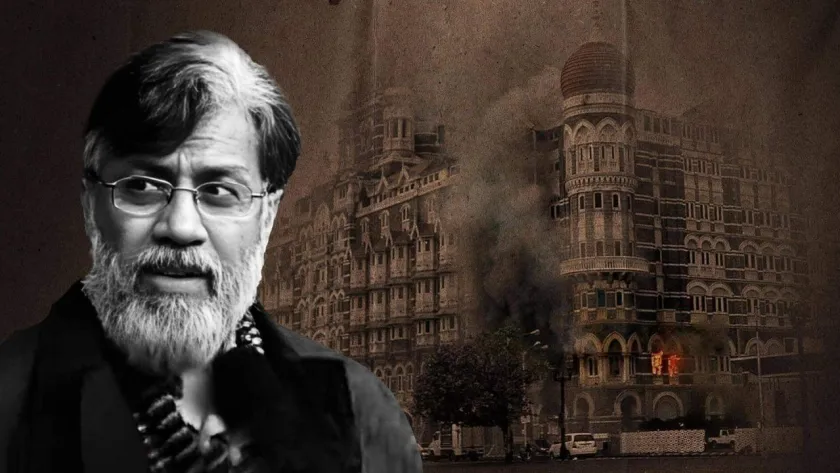
US Supreme Court Rejects 26/11 Accused Tahawwur Rana’s Plea to Block Extradition to India
2025-03-08


























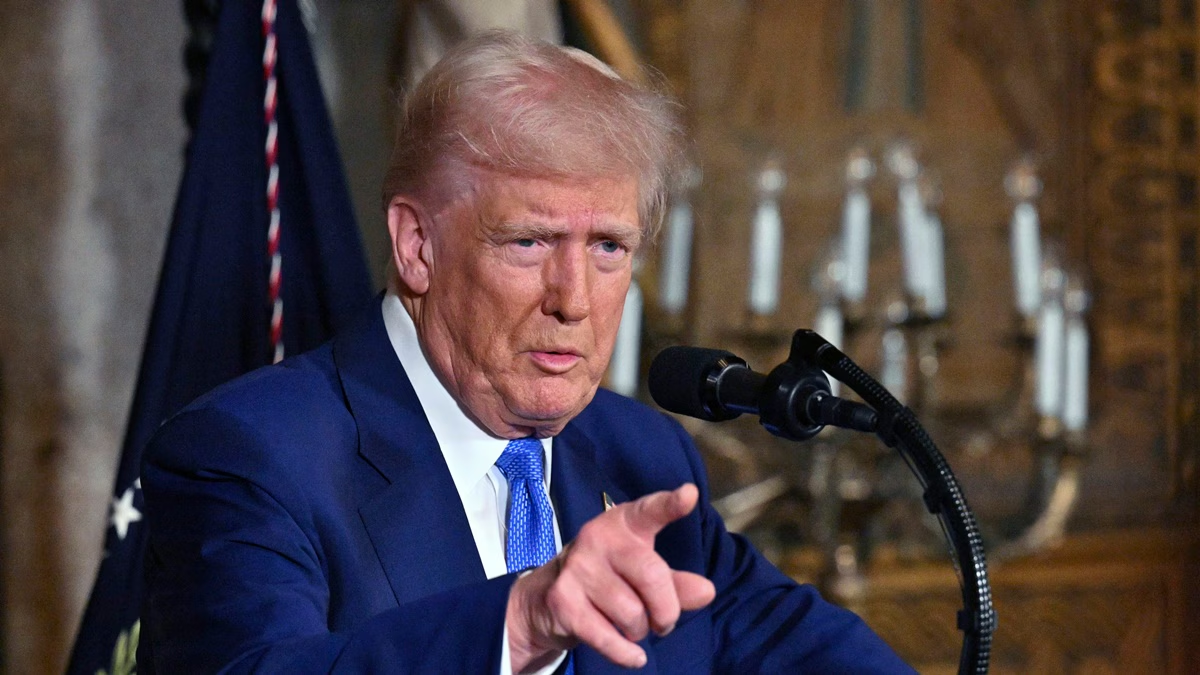













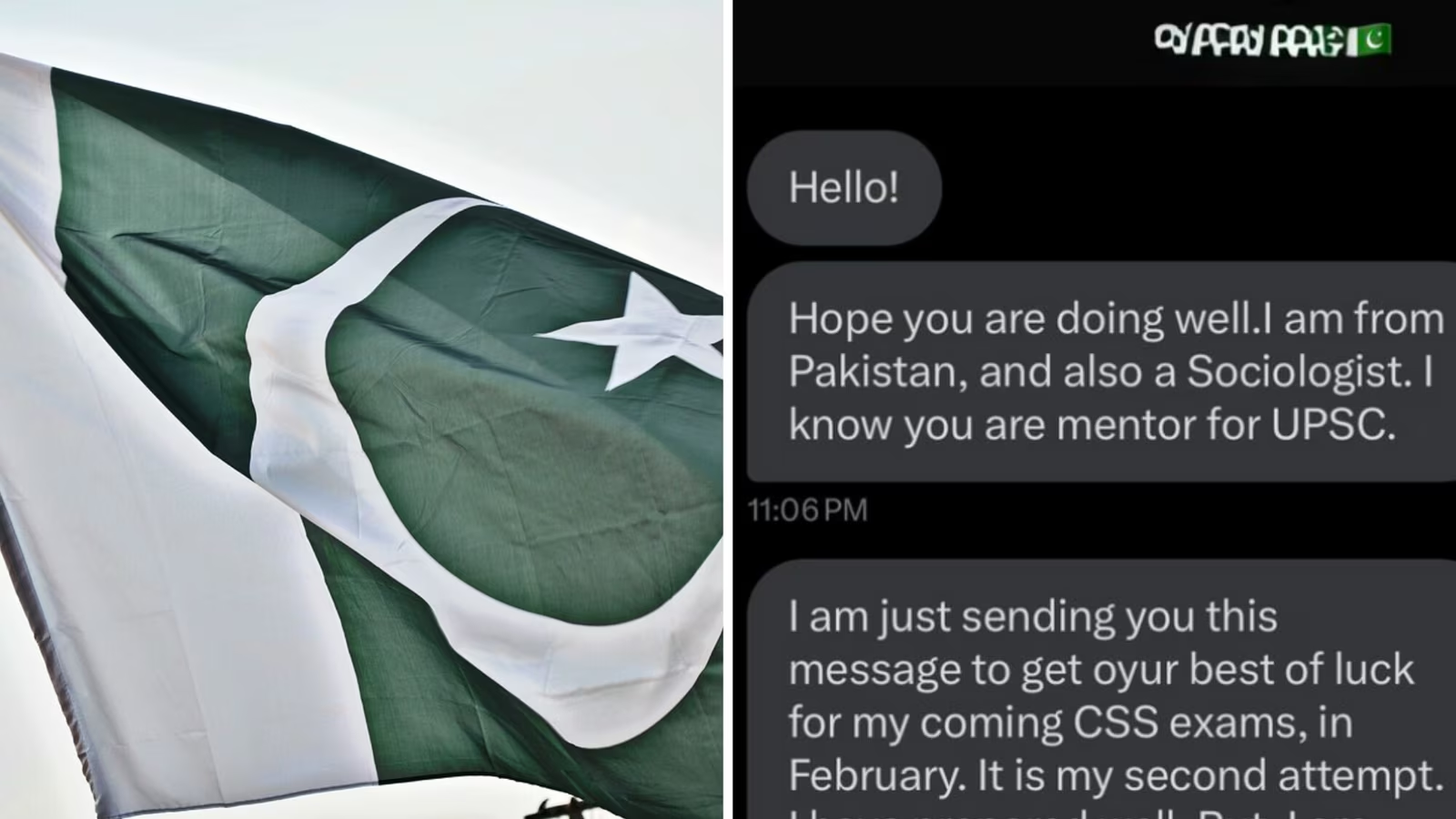

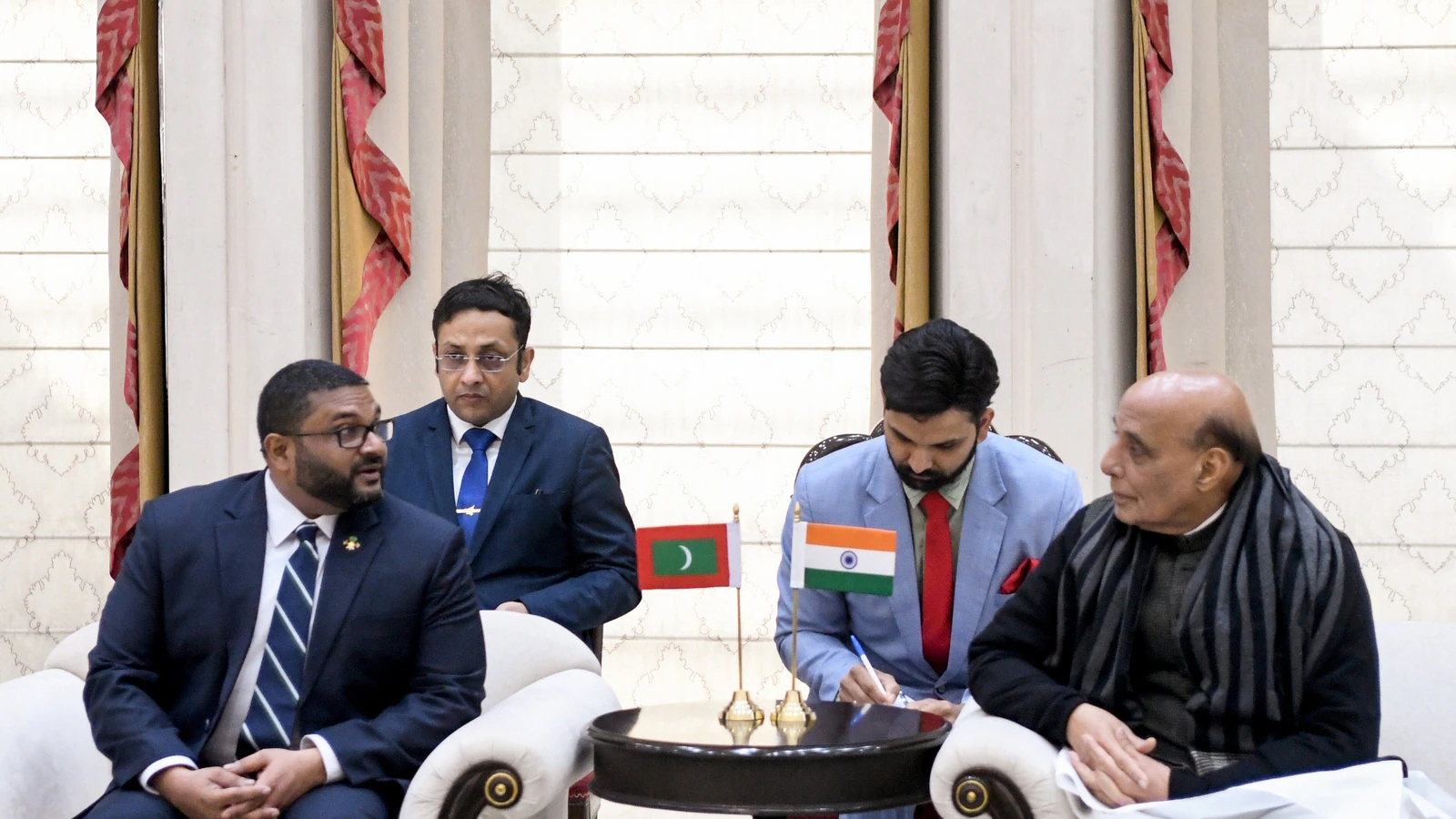

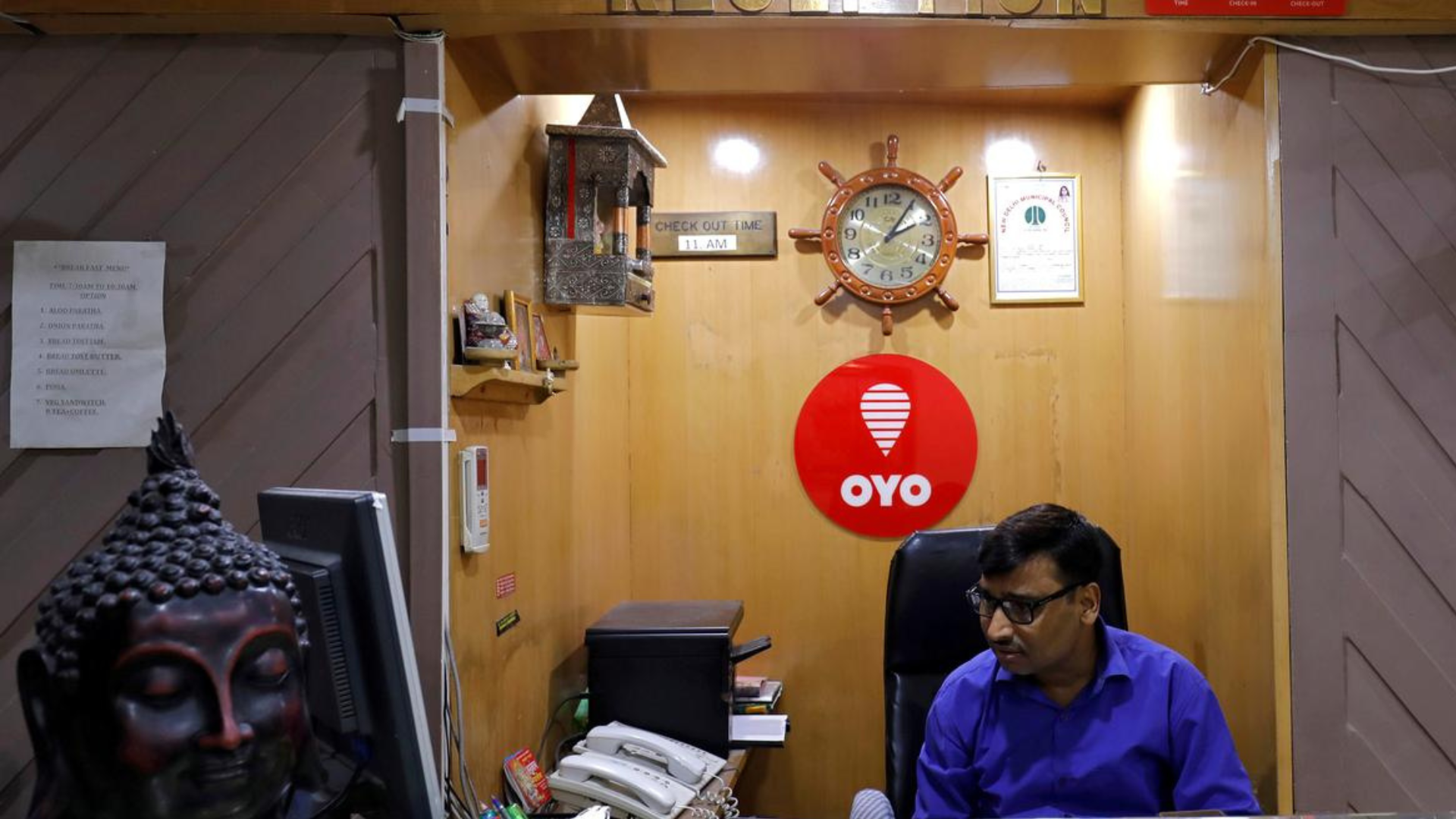

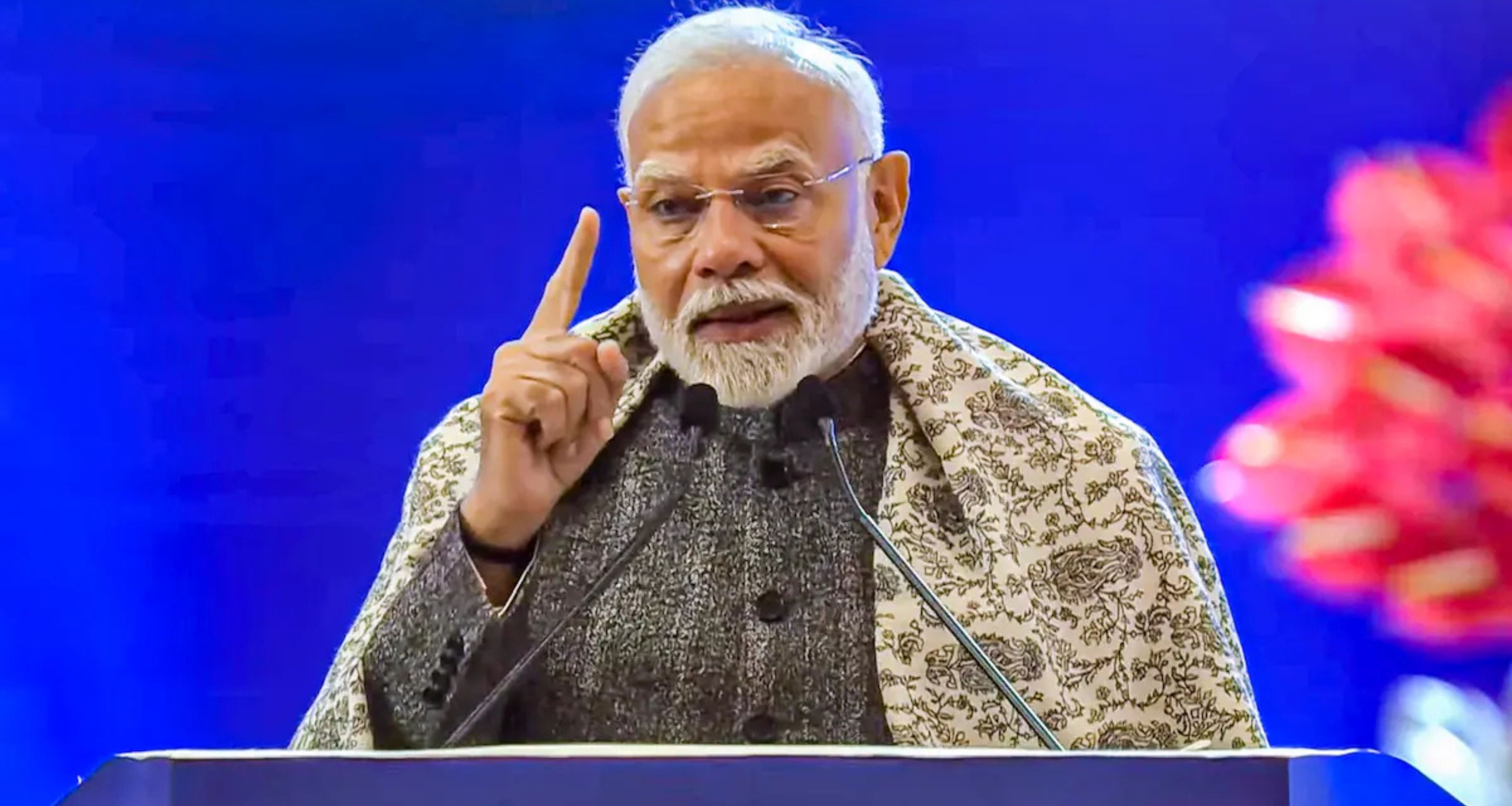



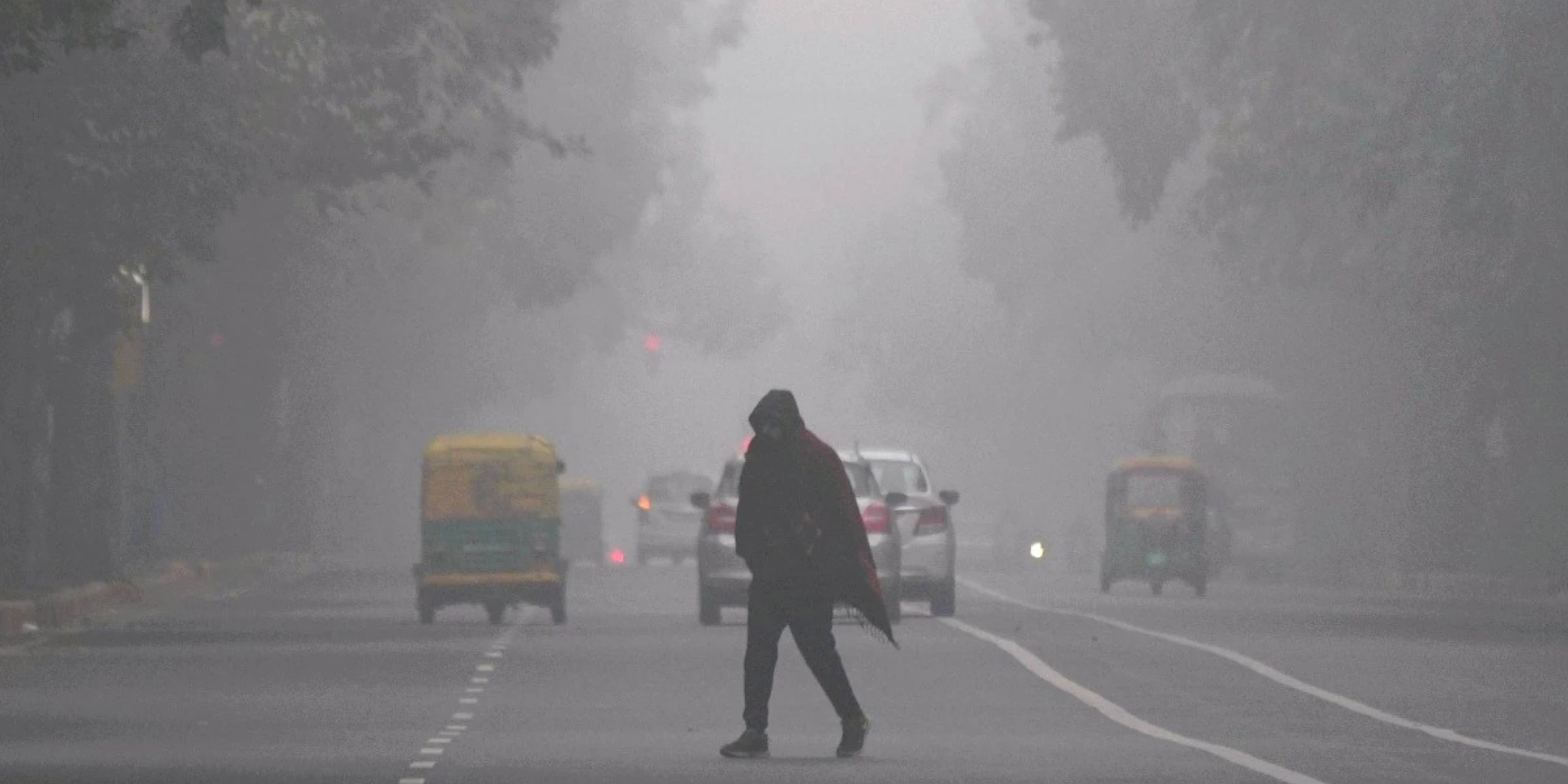

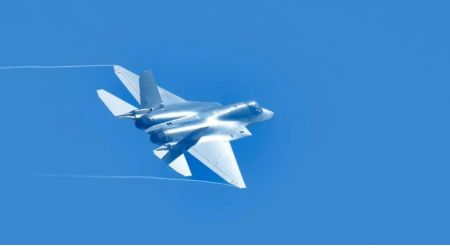


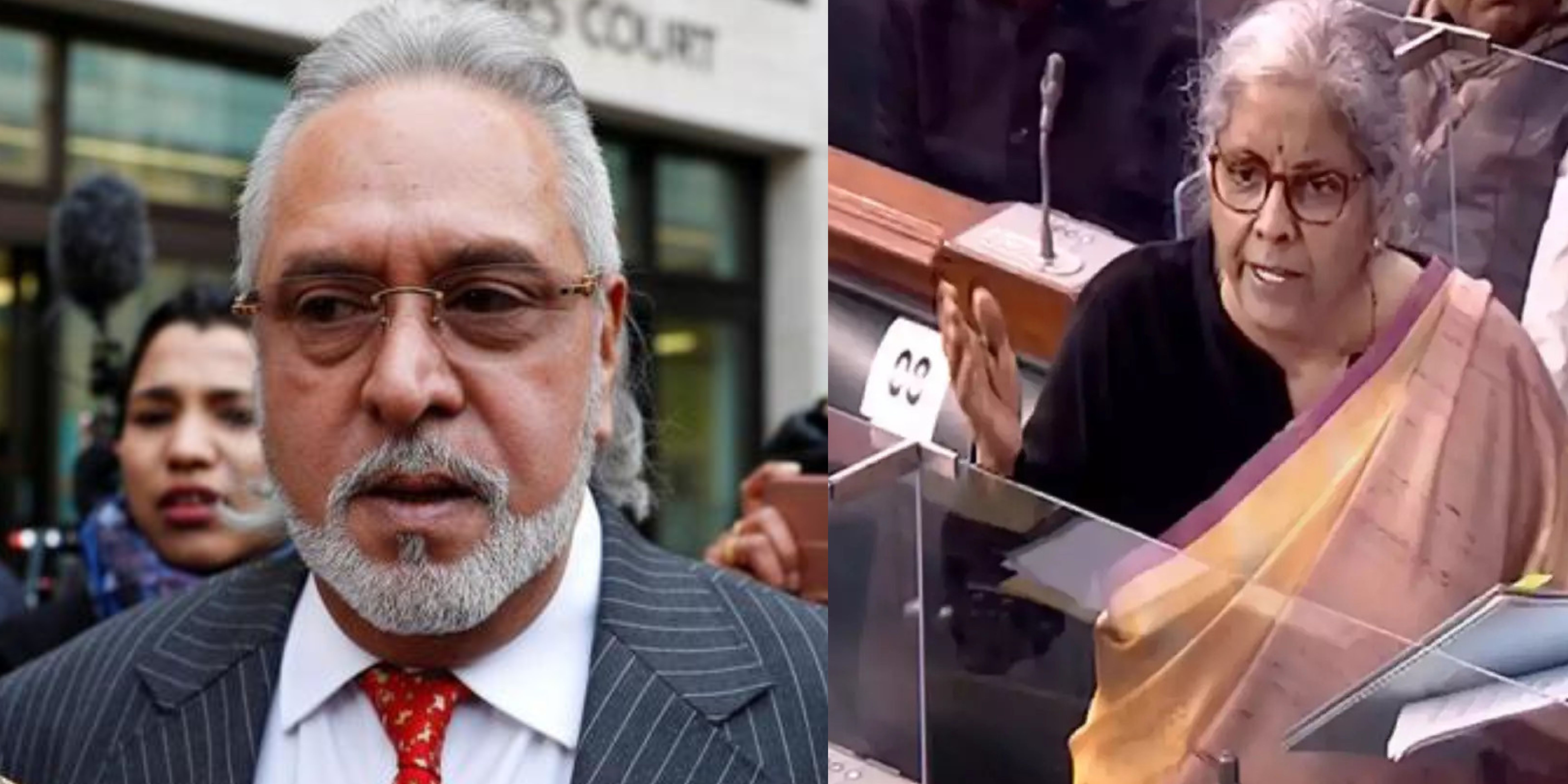
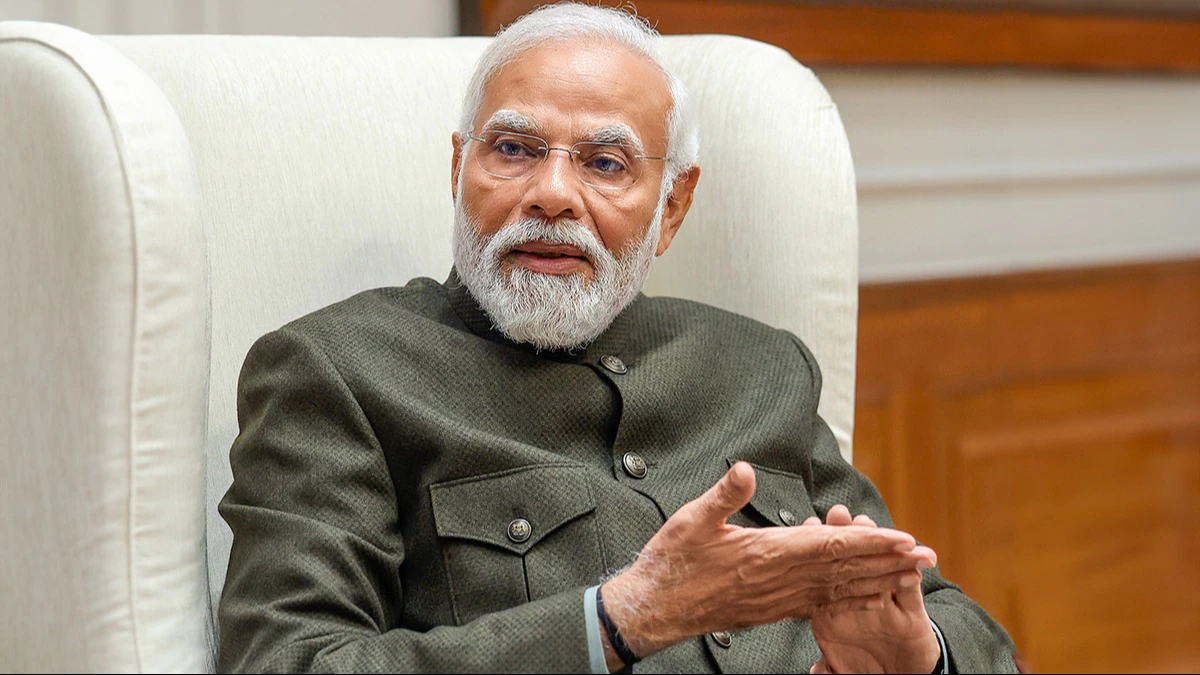




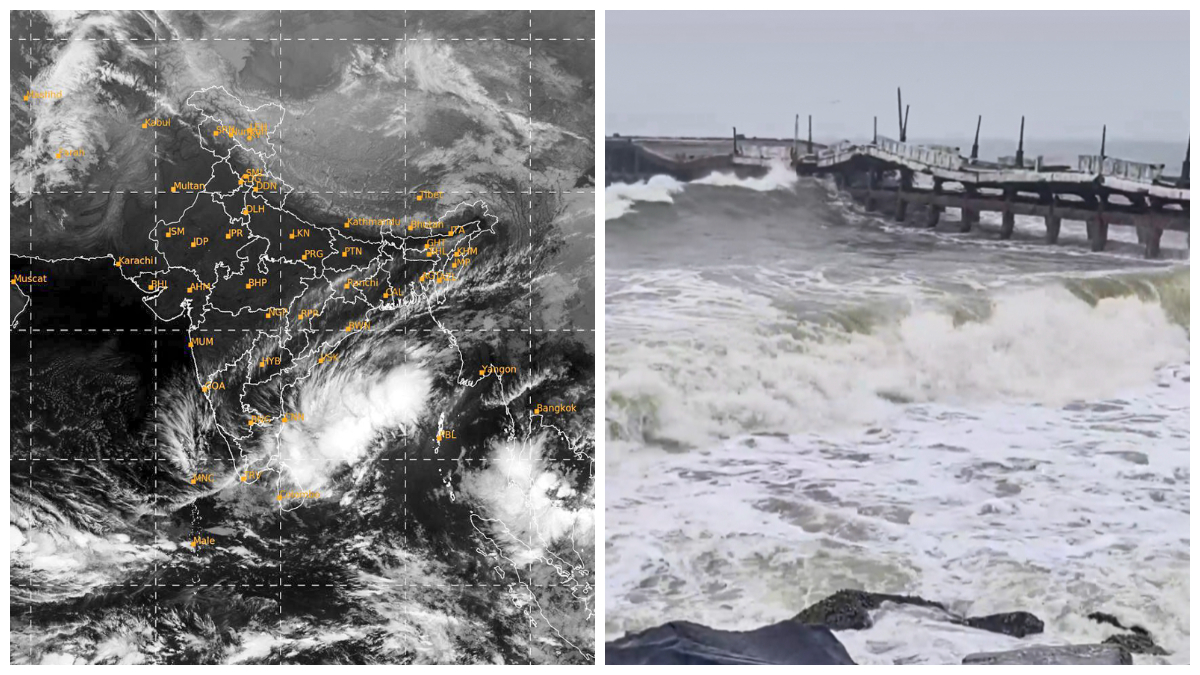



.jfif)







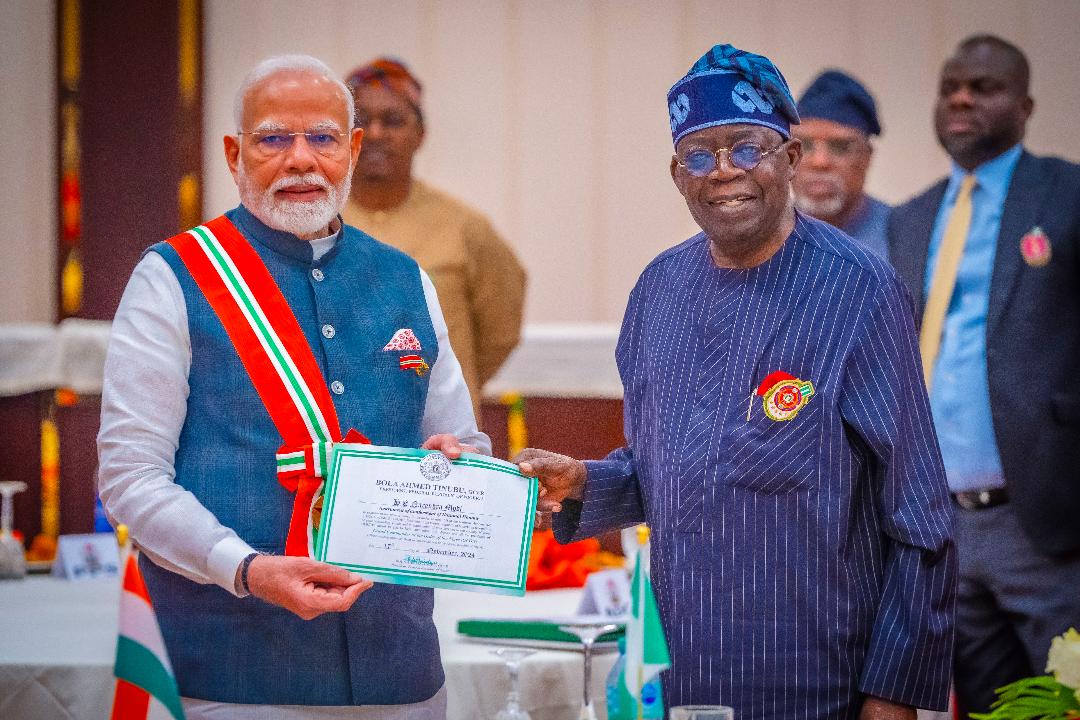

.jpg)

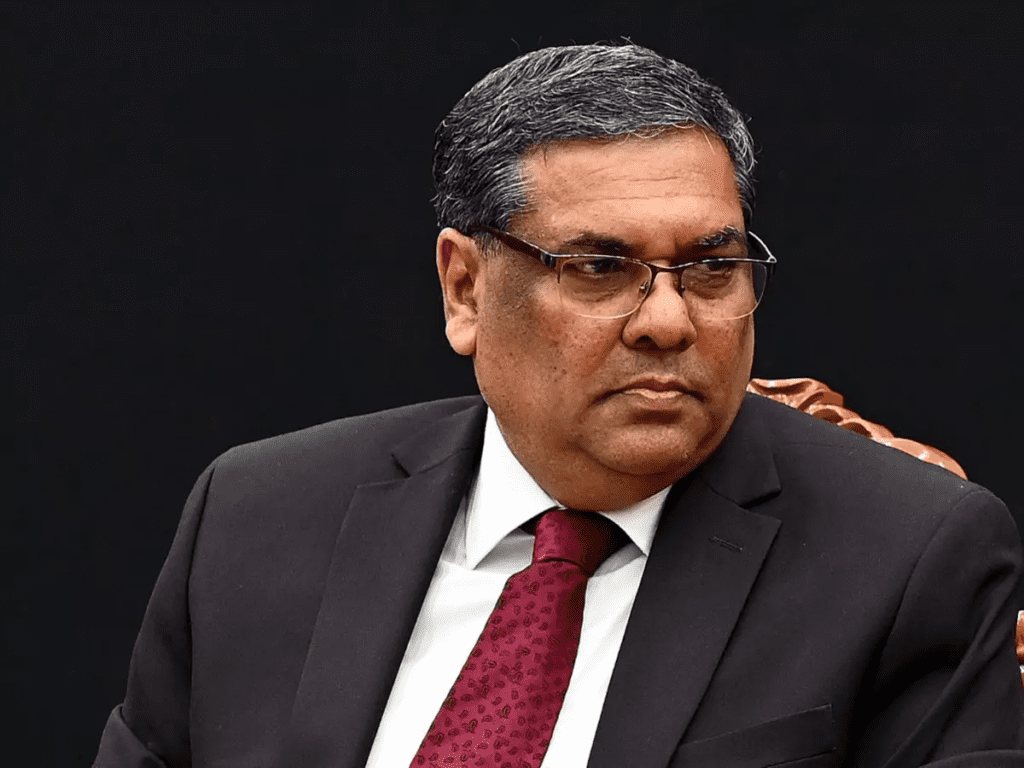

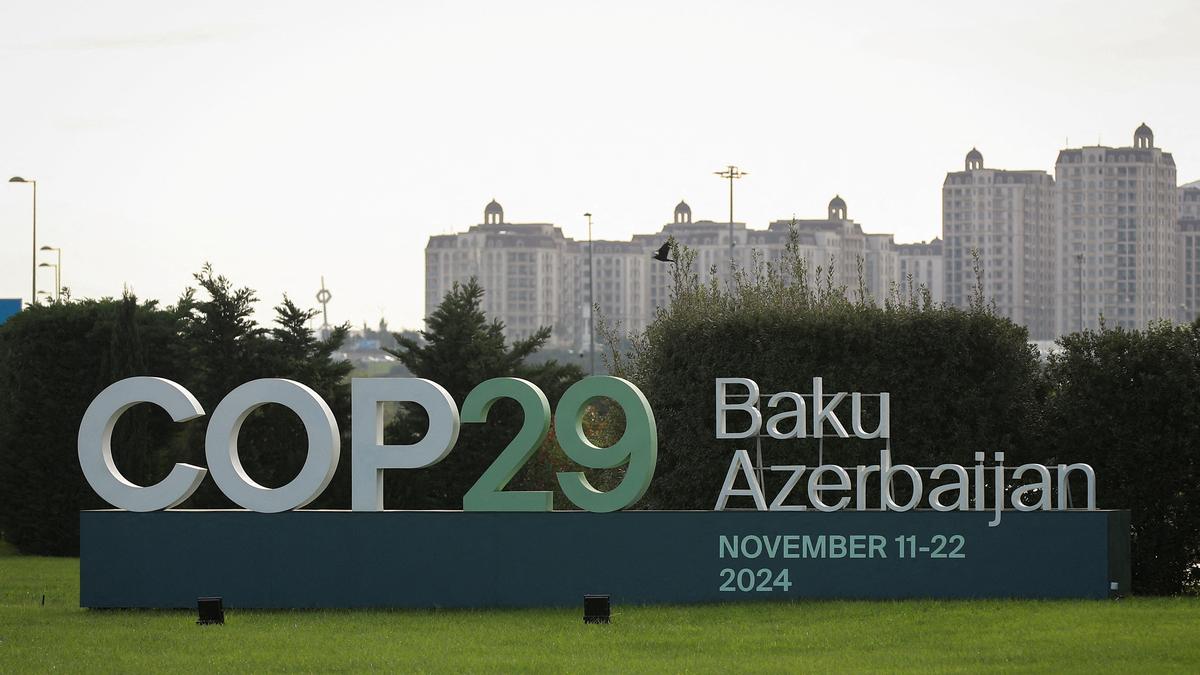



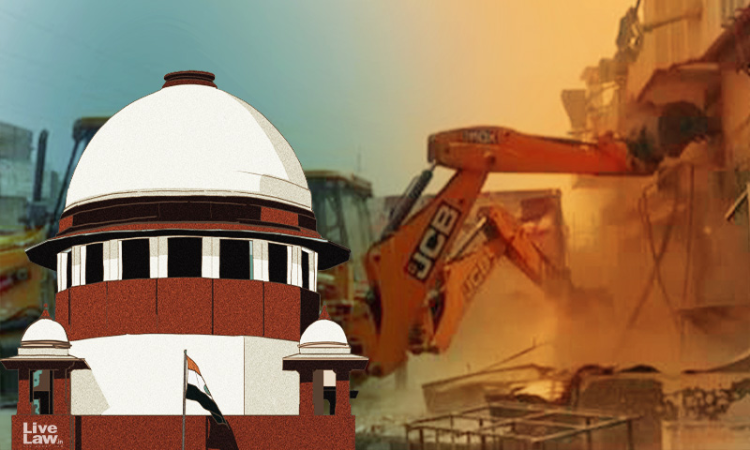
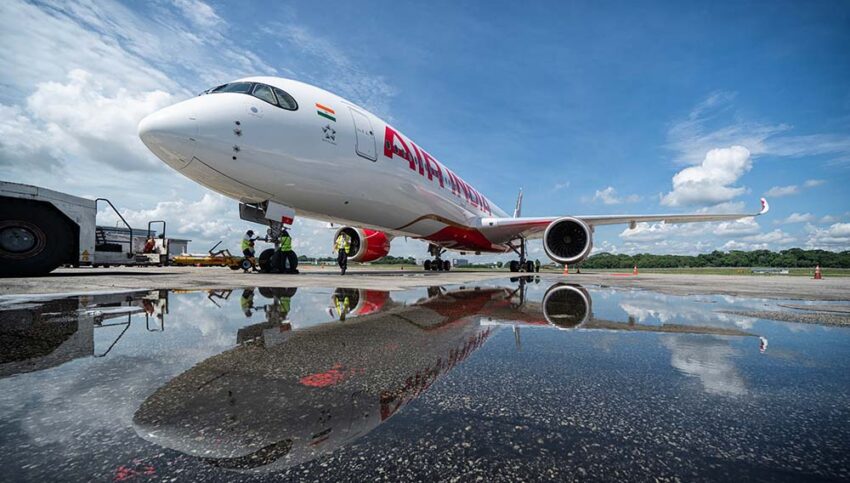
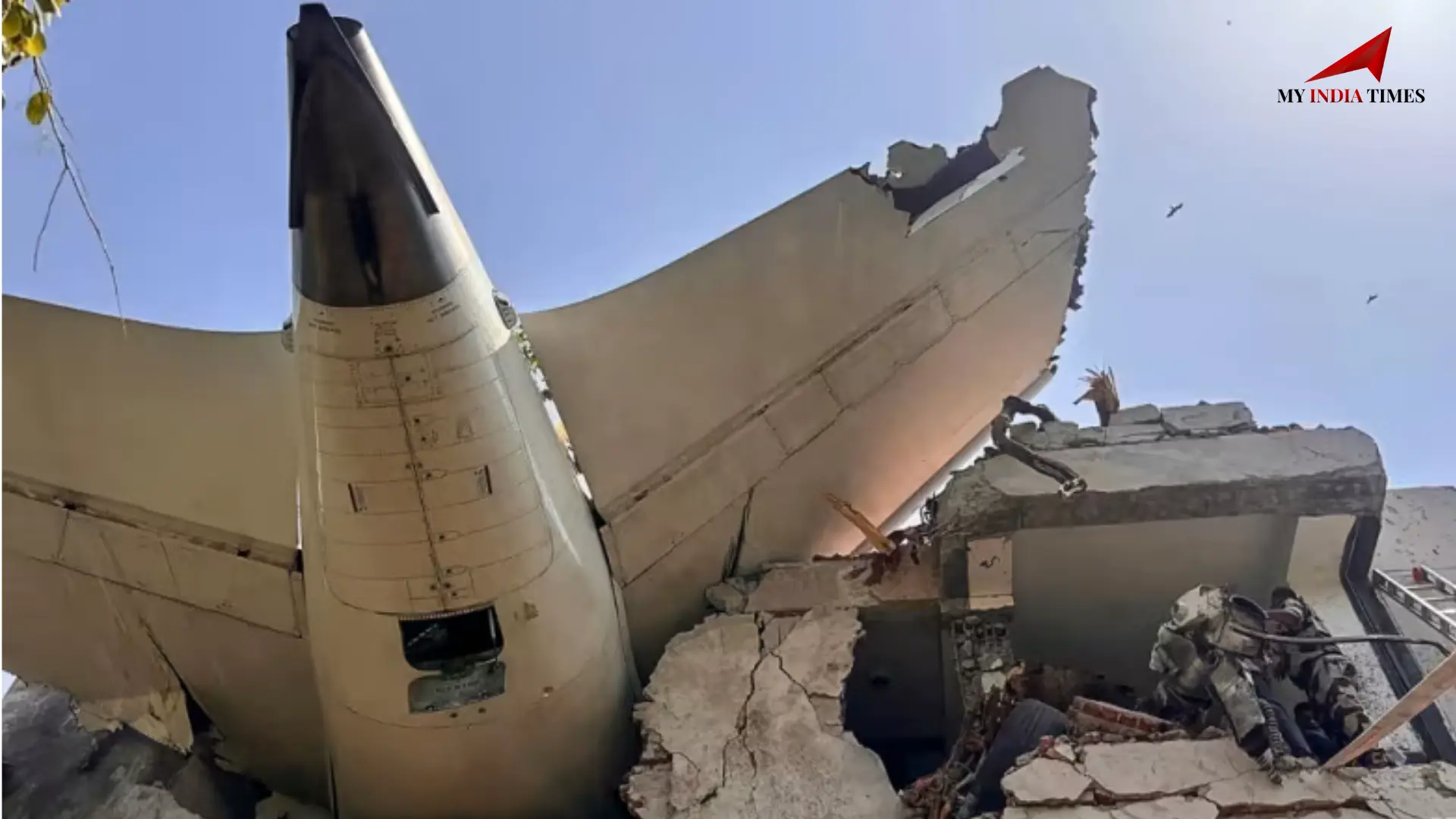
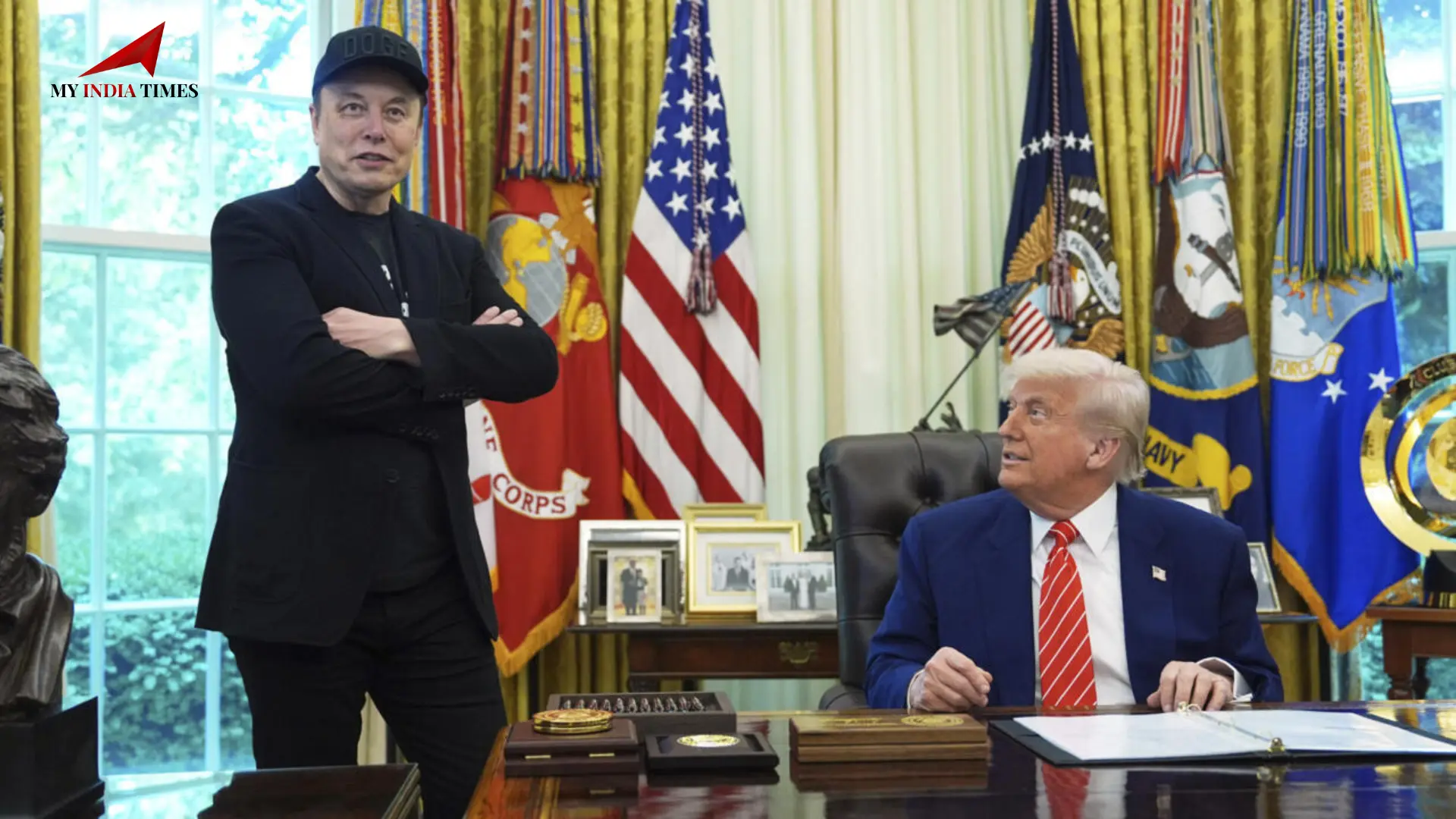


















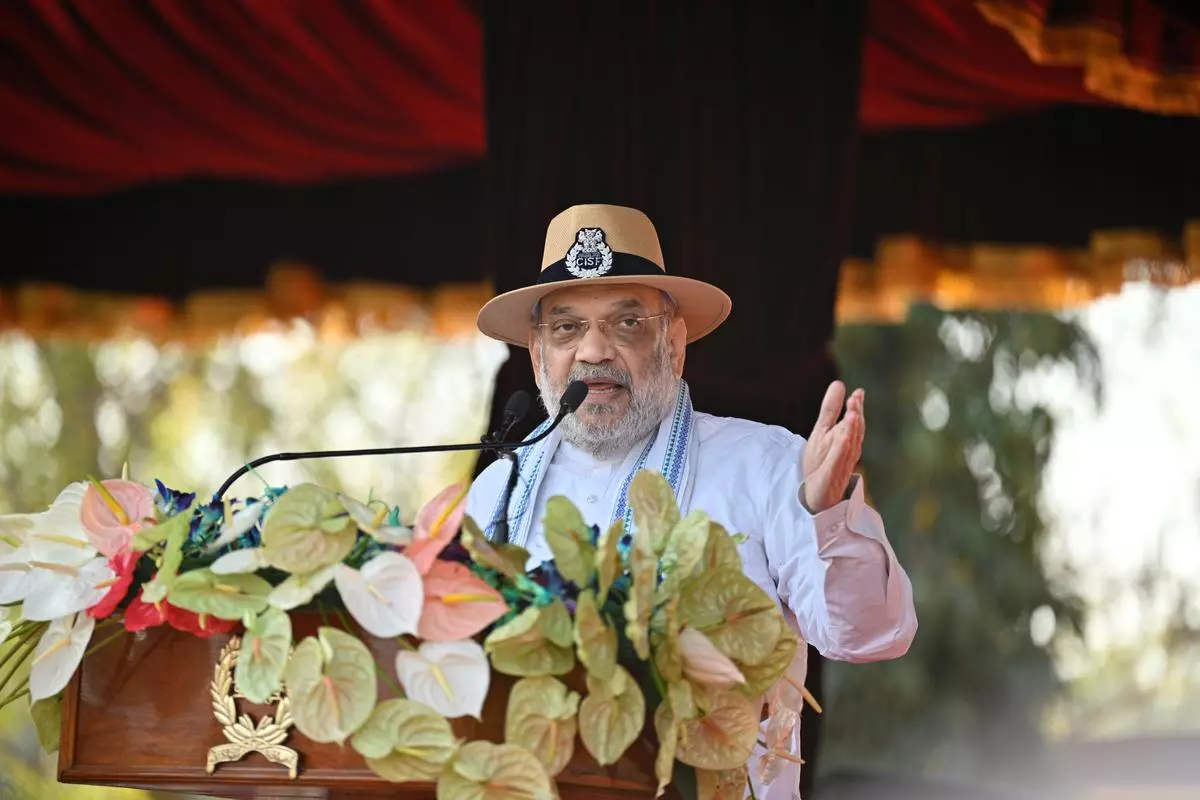






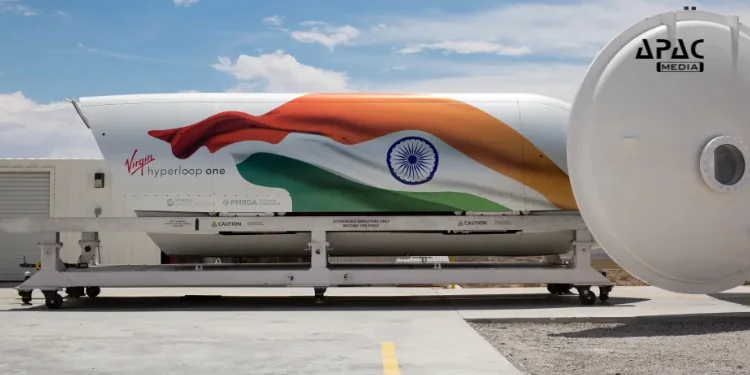



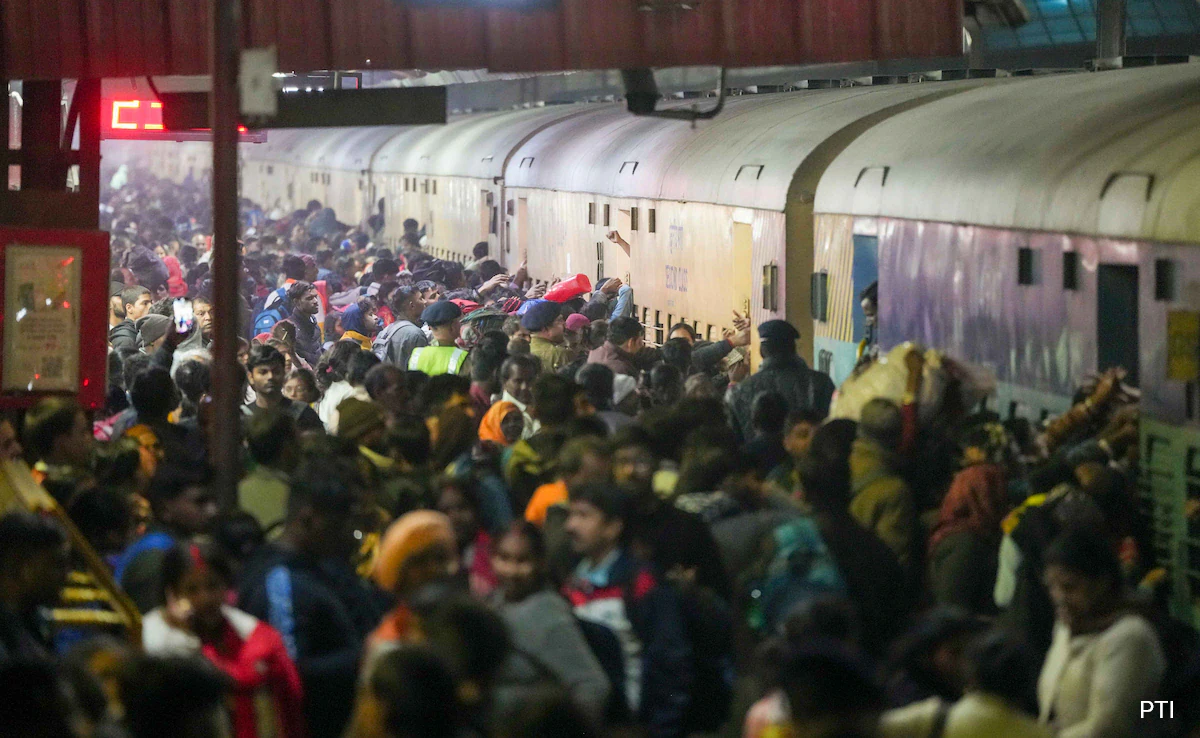
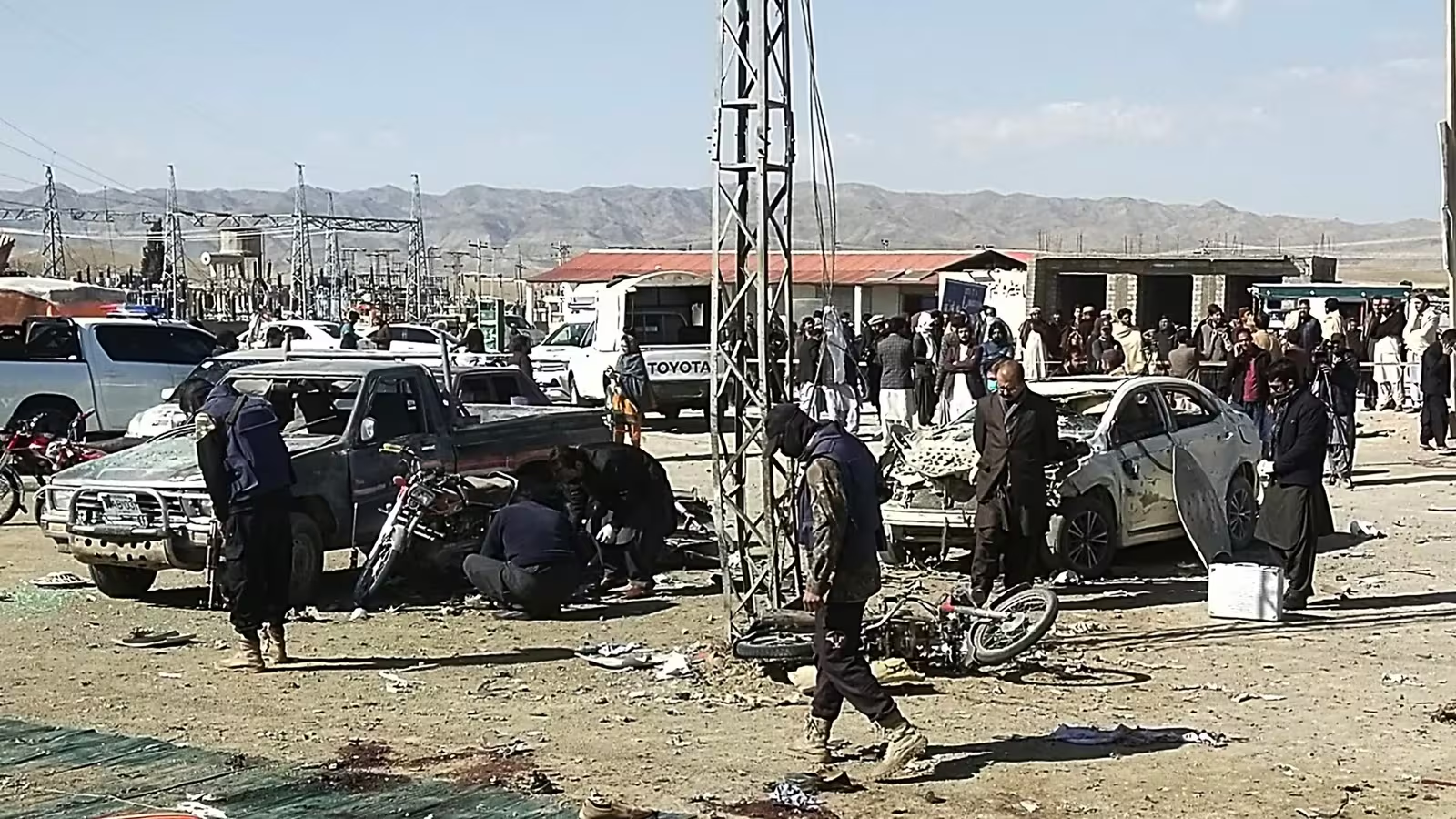
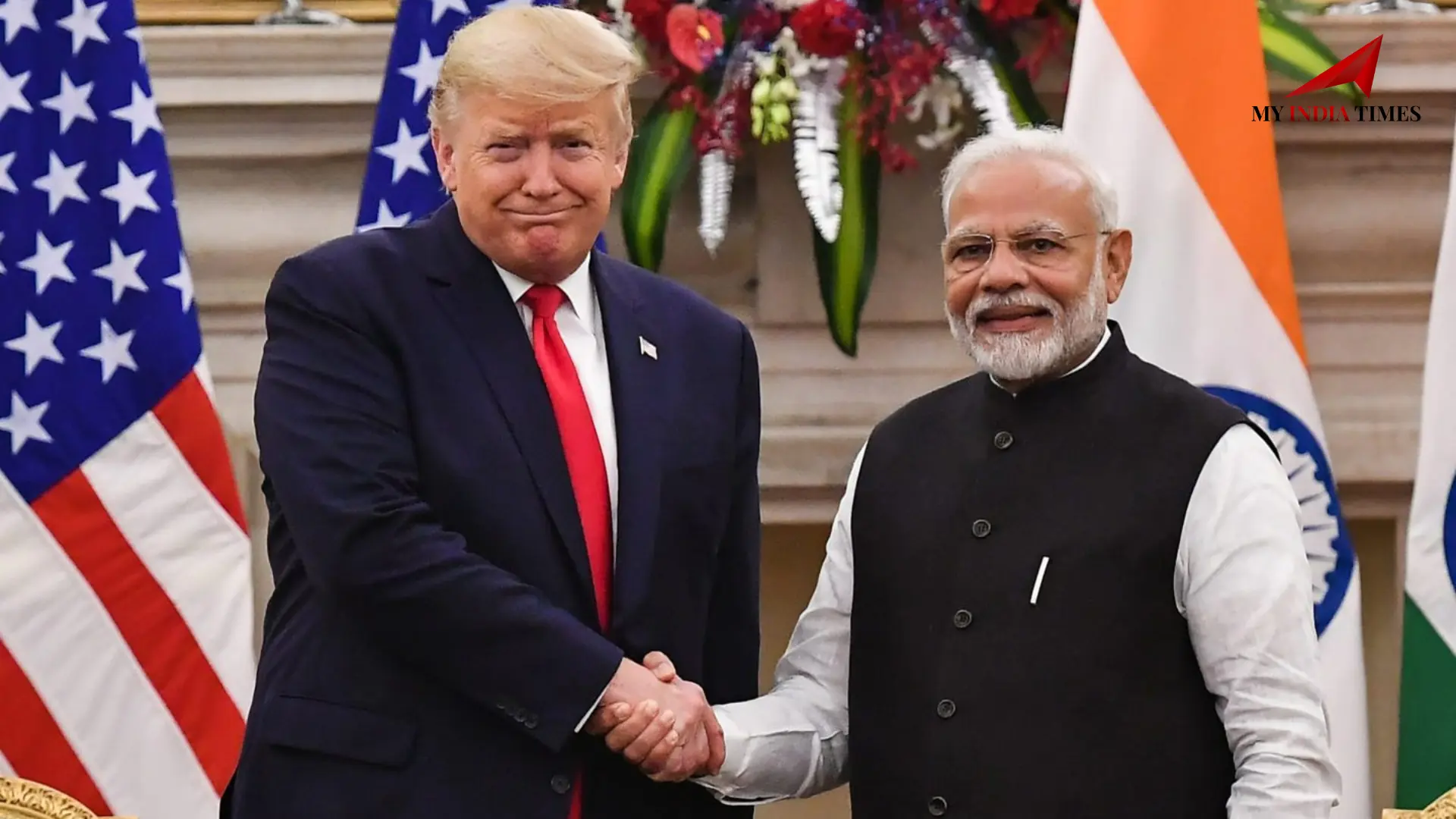
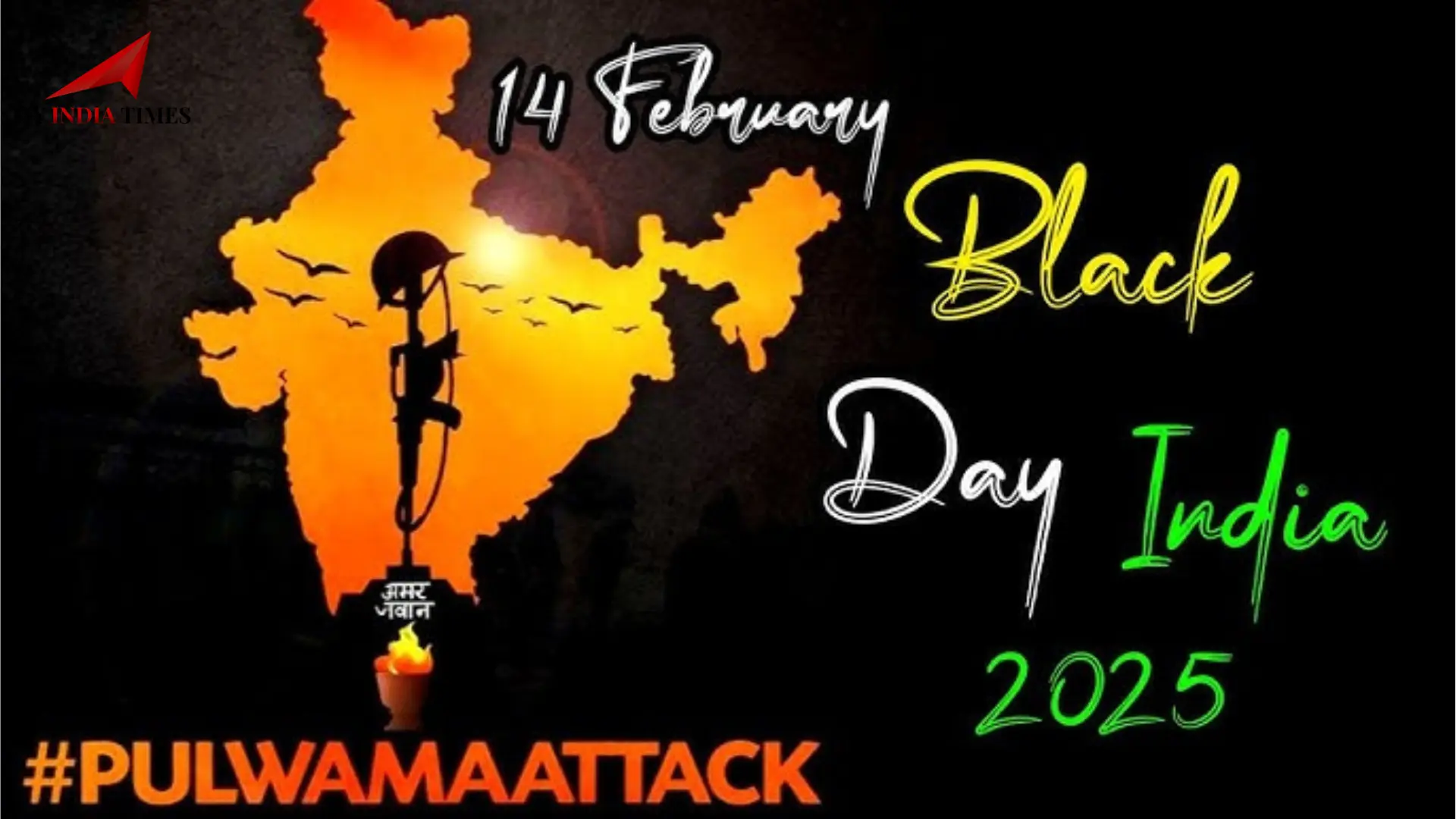
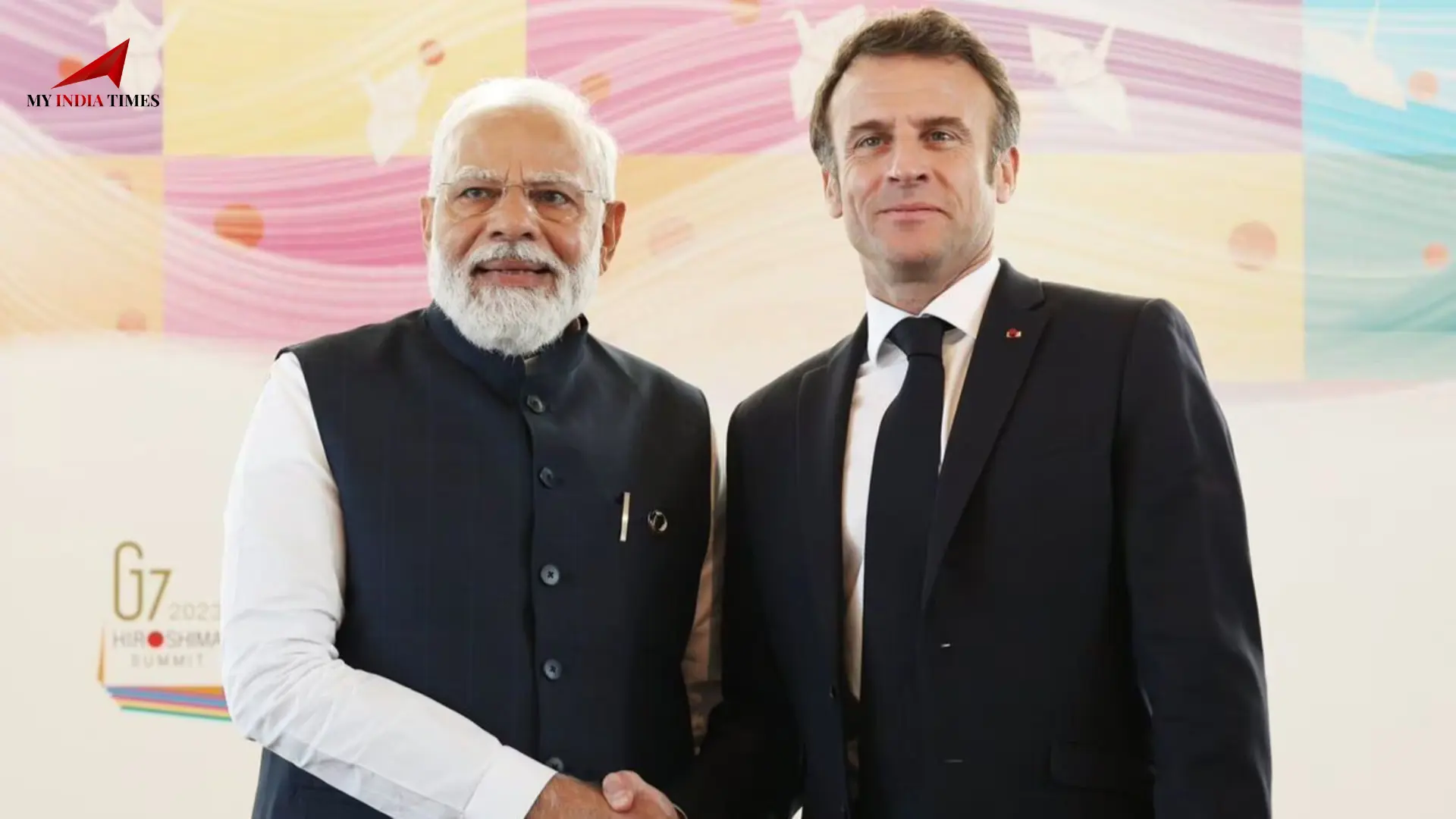
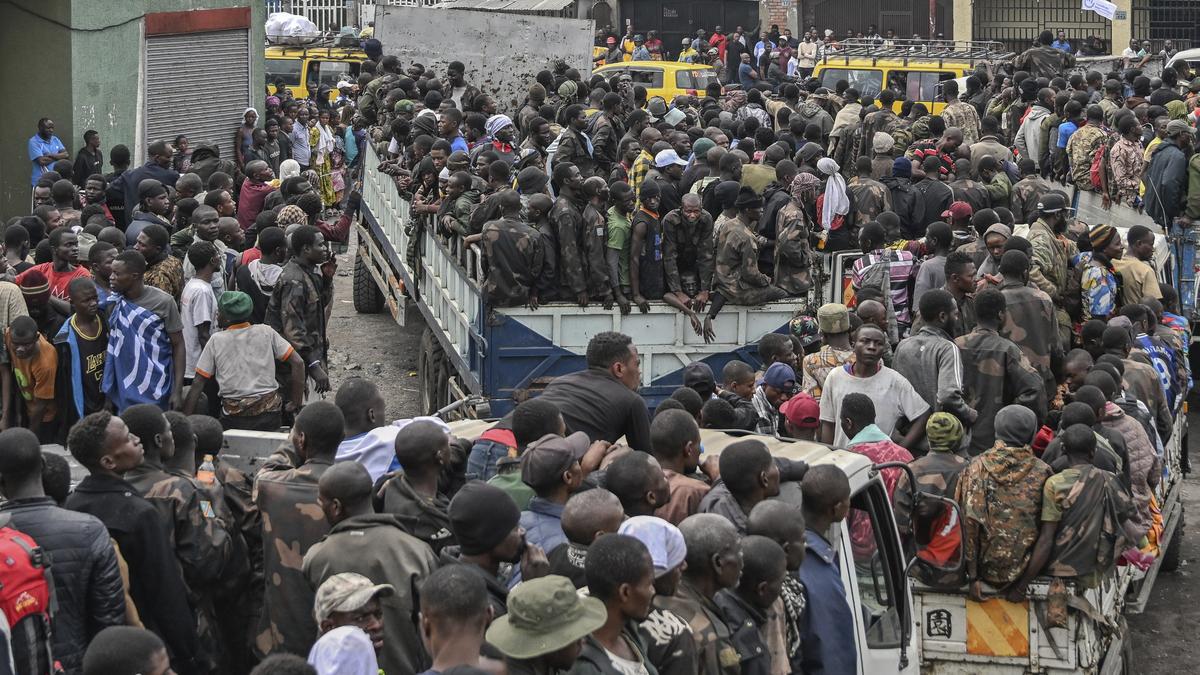
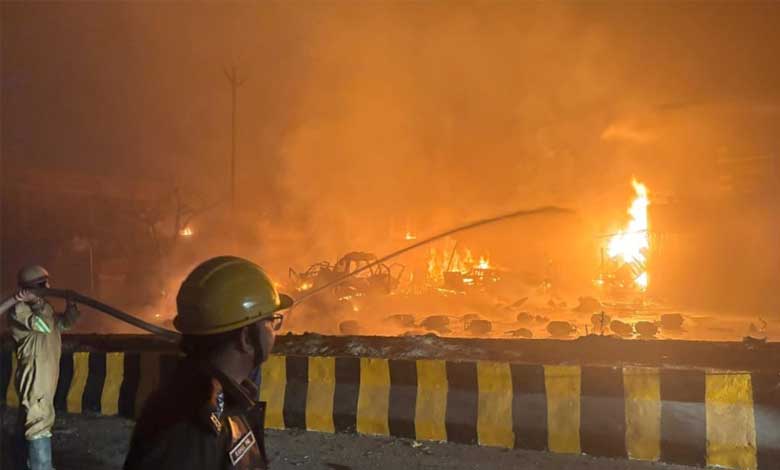




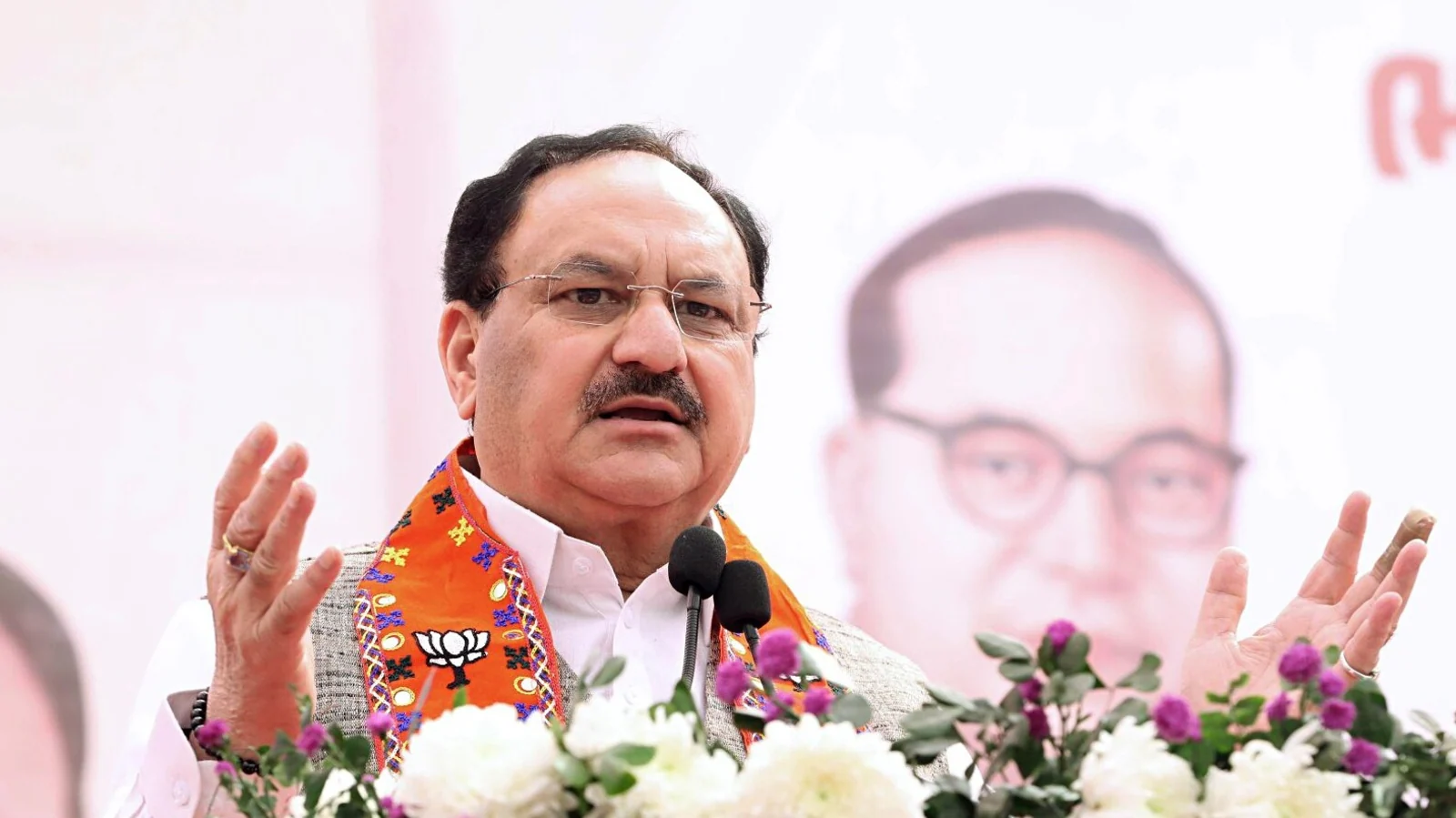





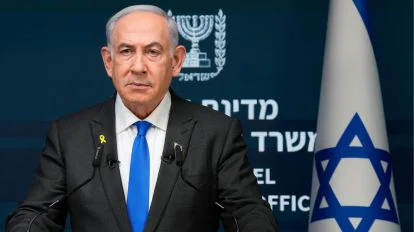

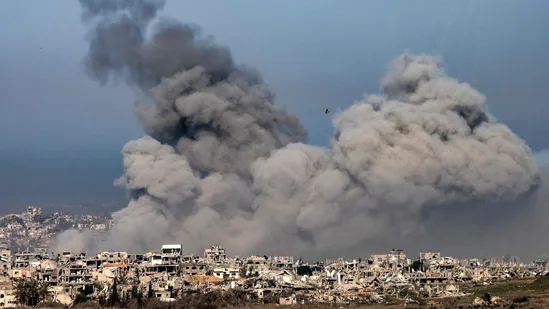
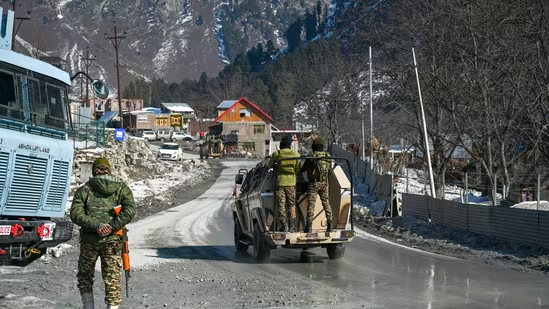

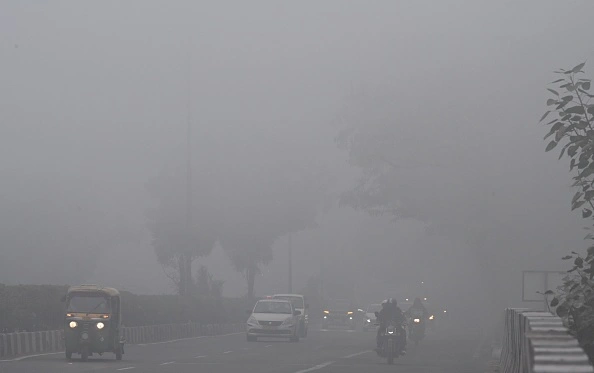

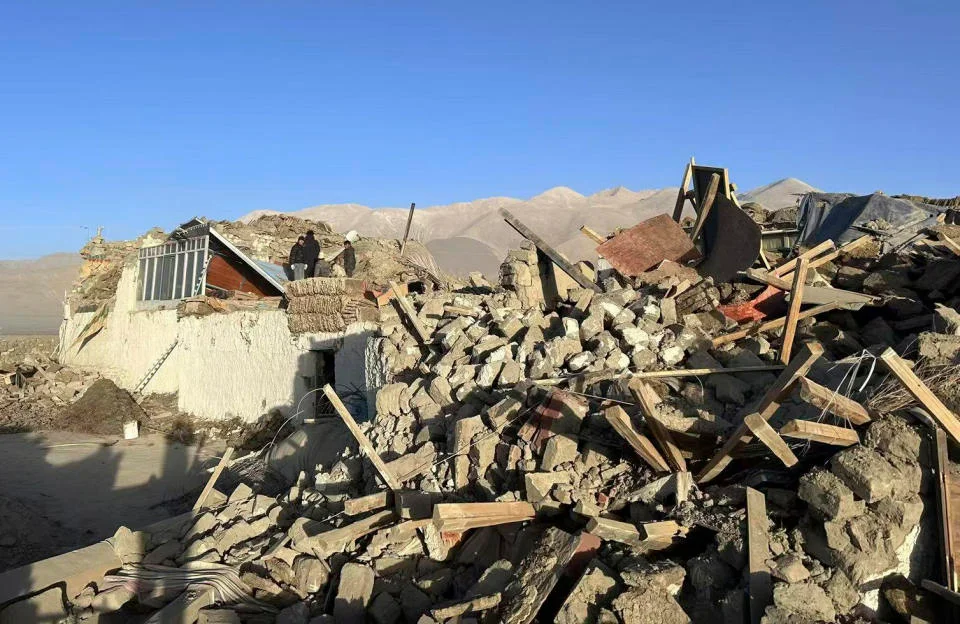


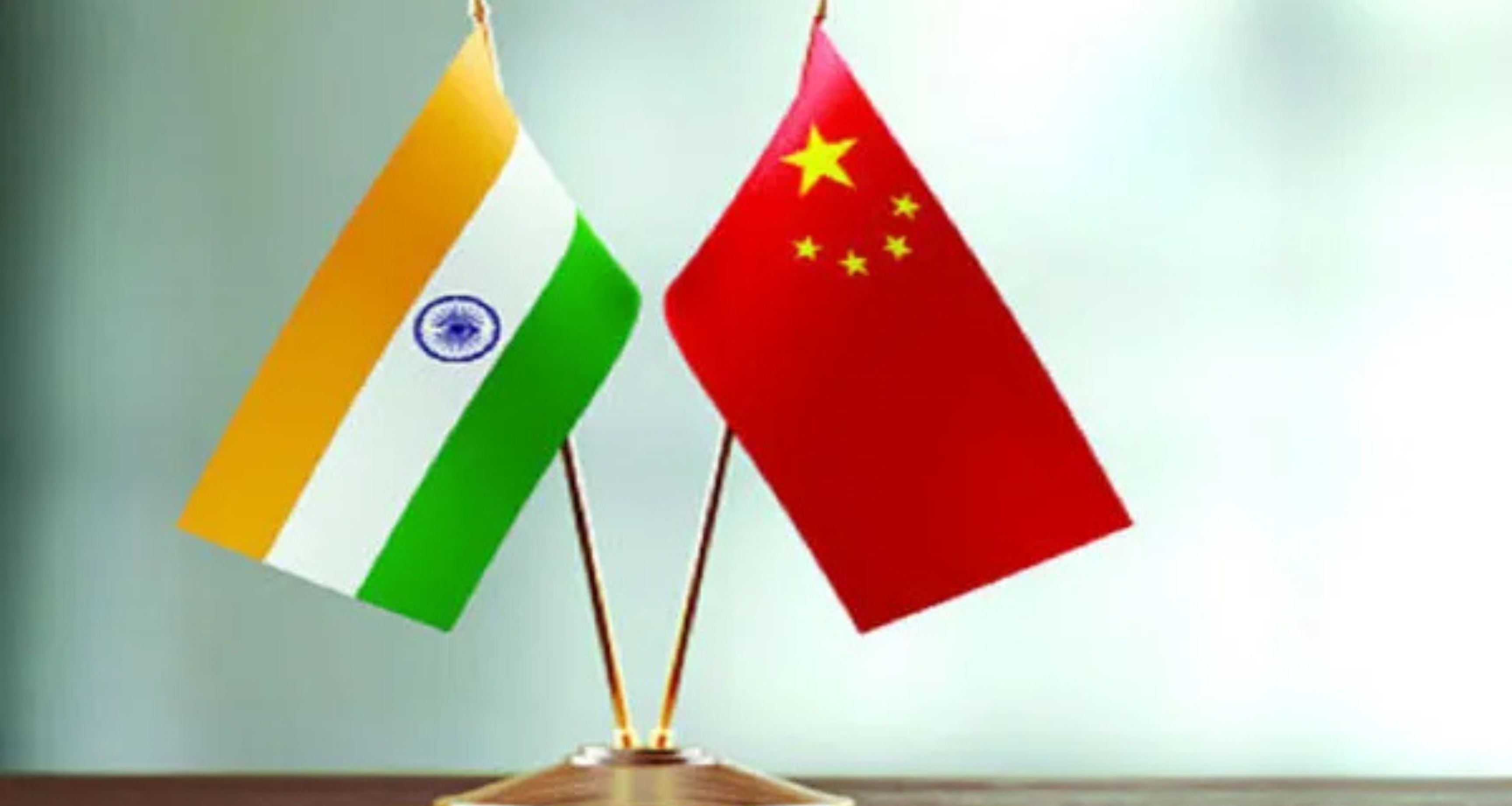
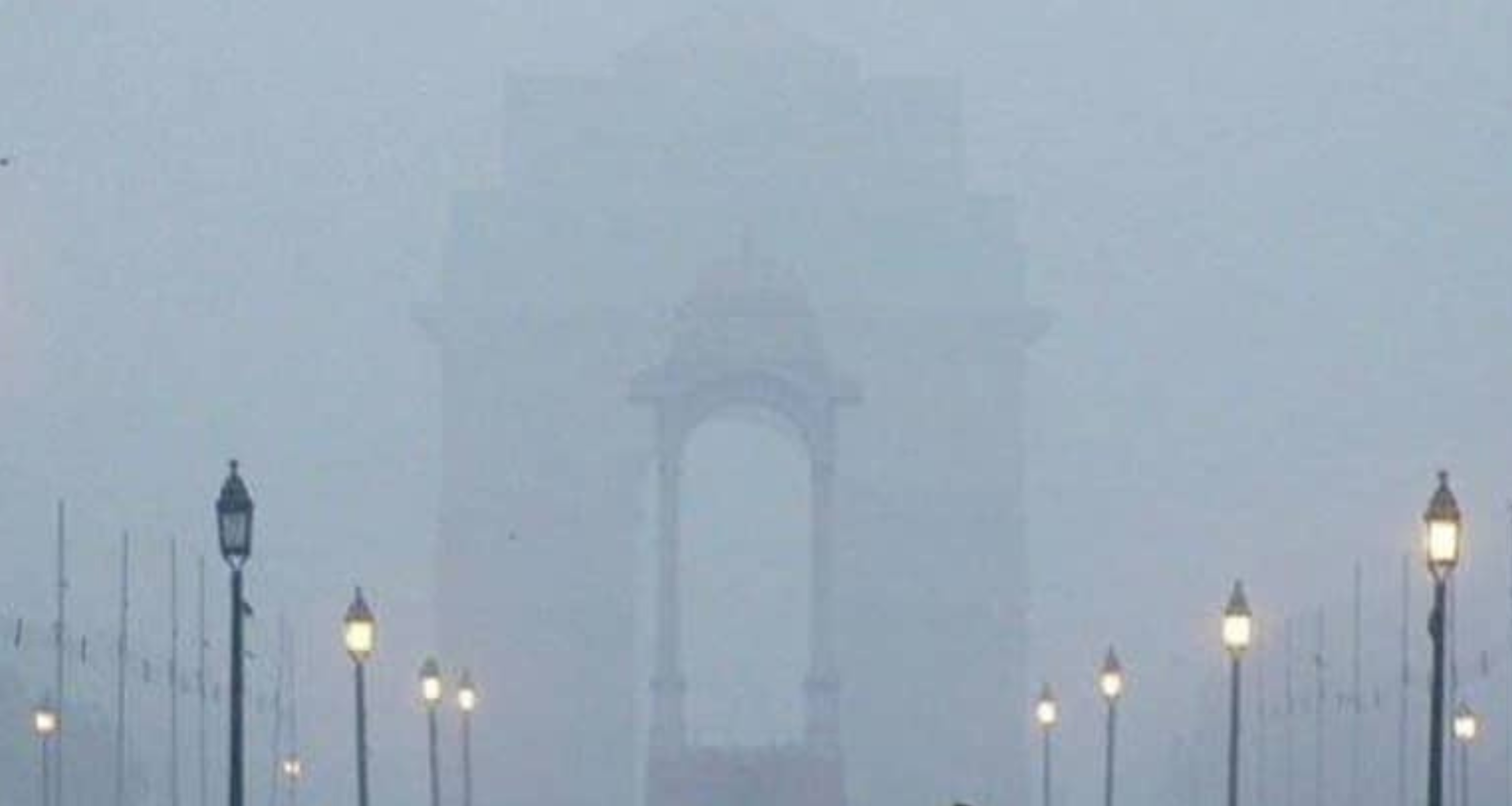
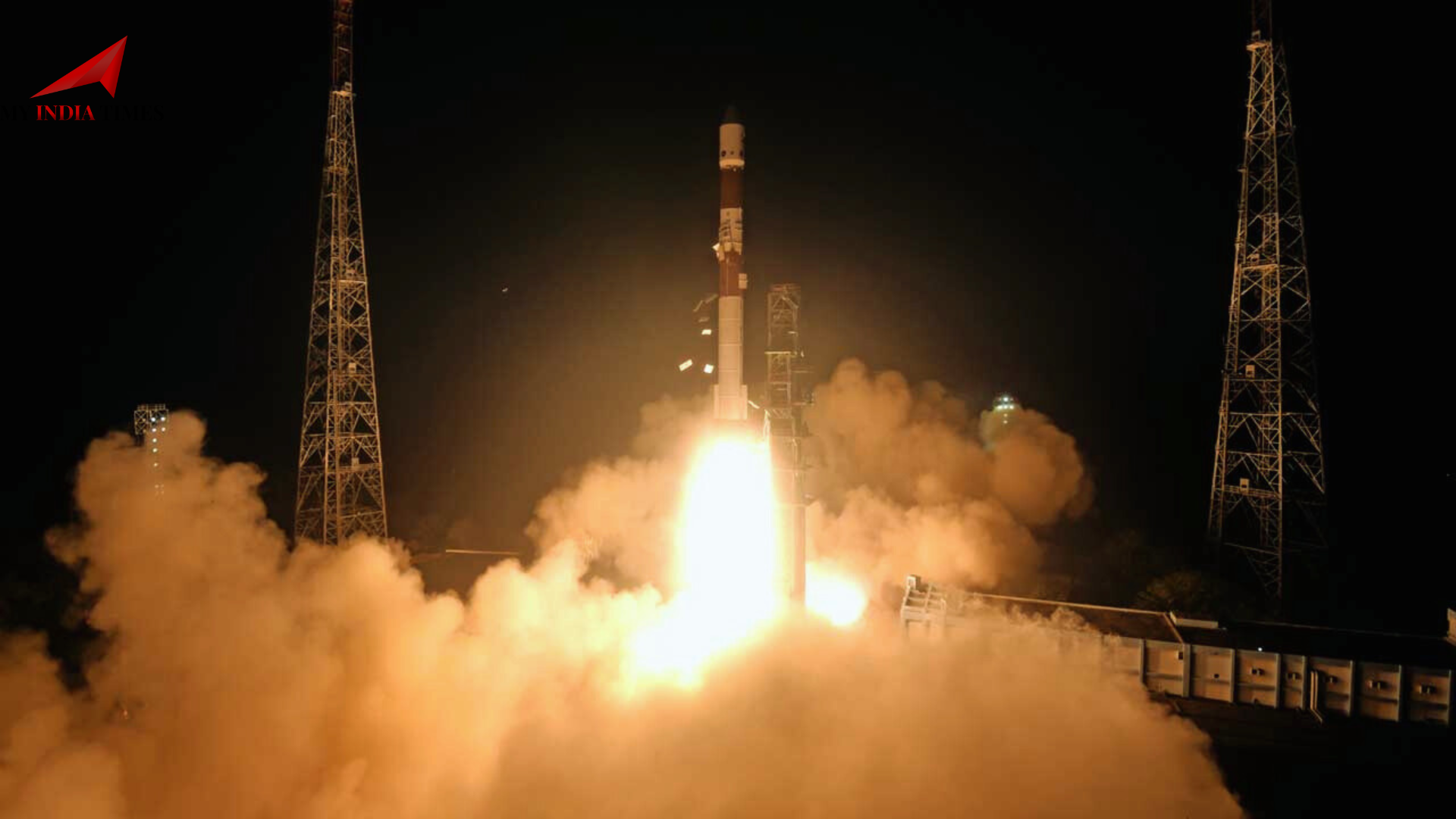



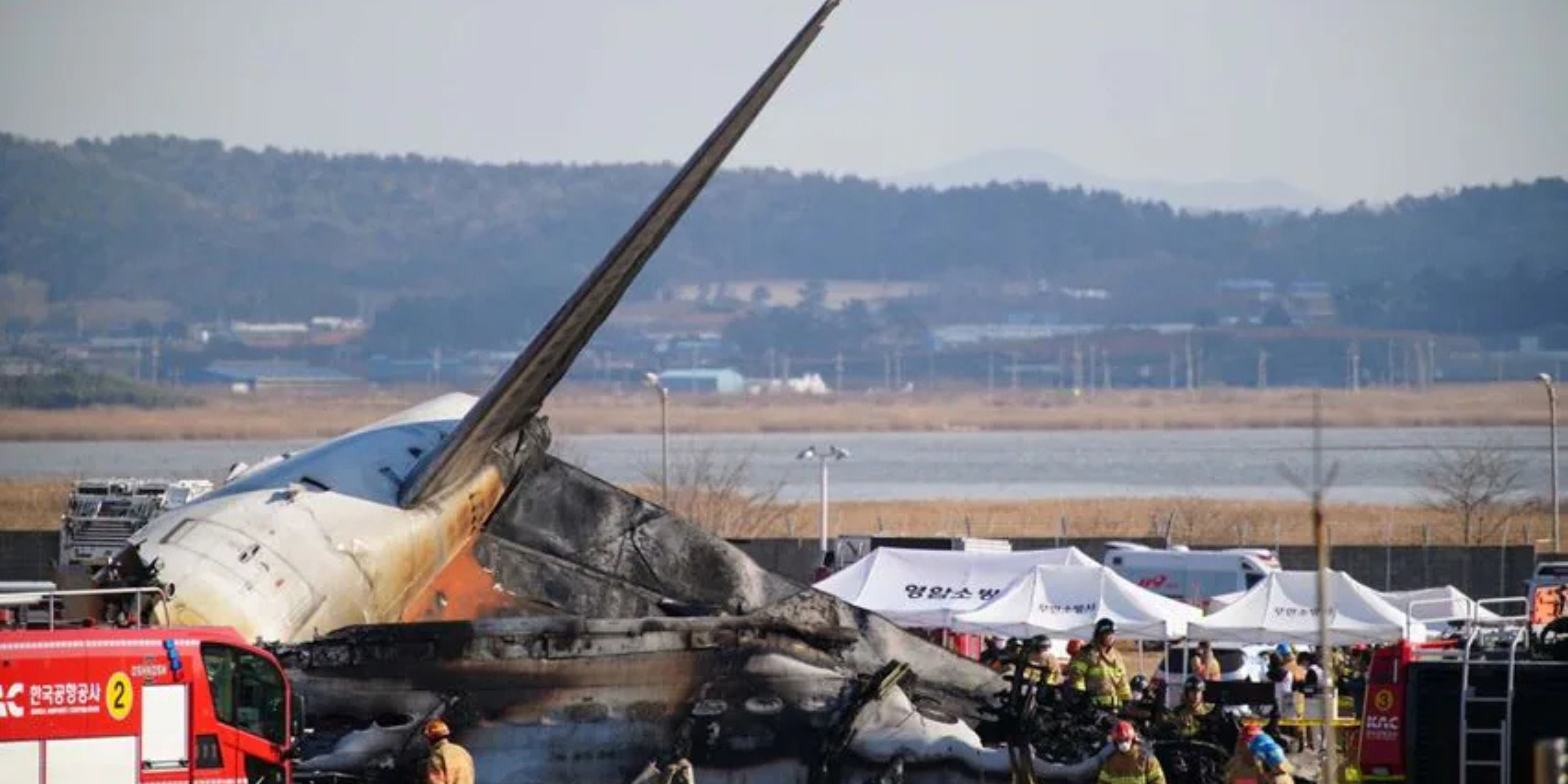
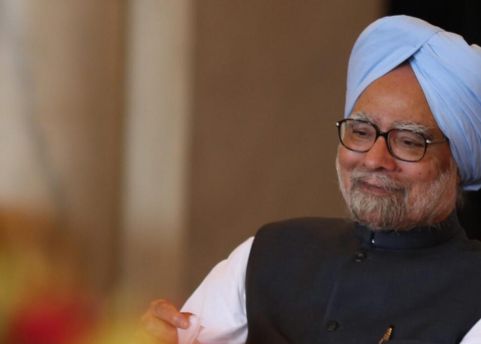
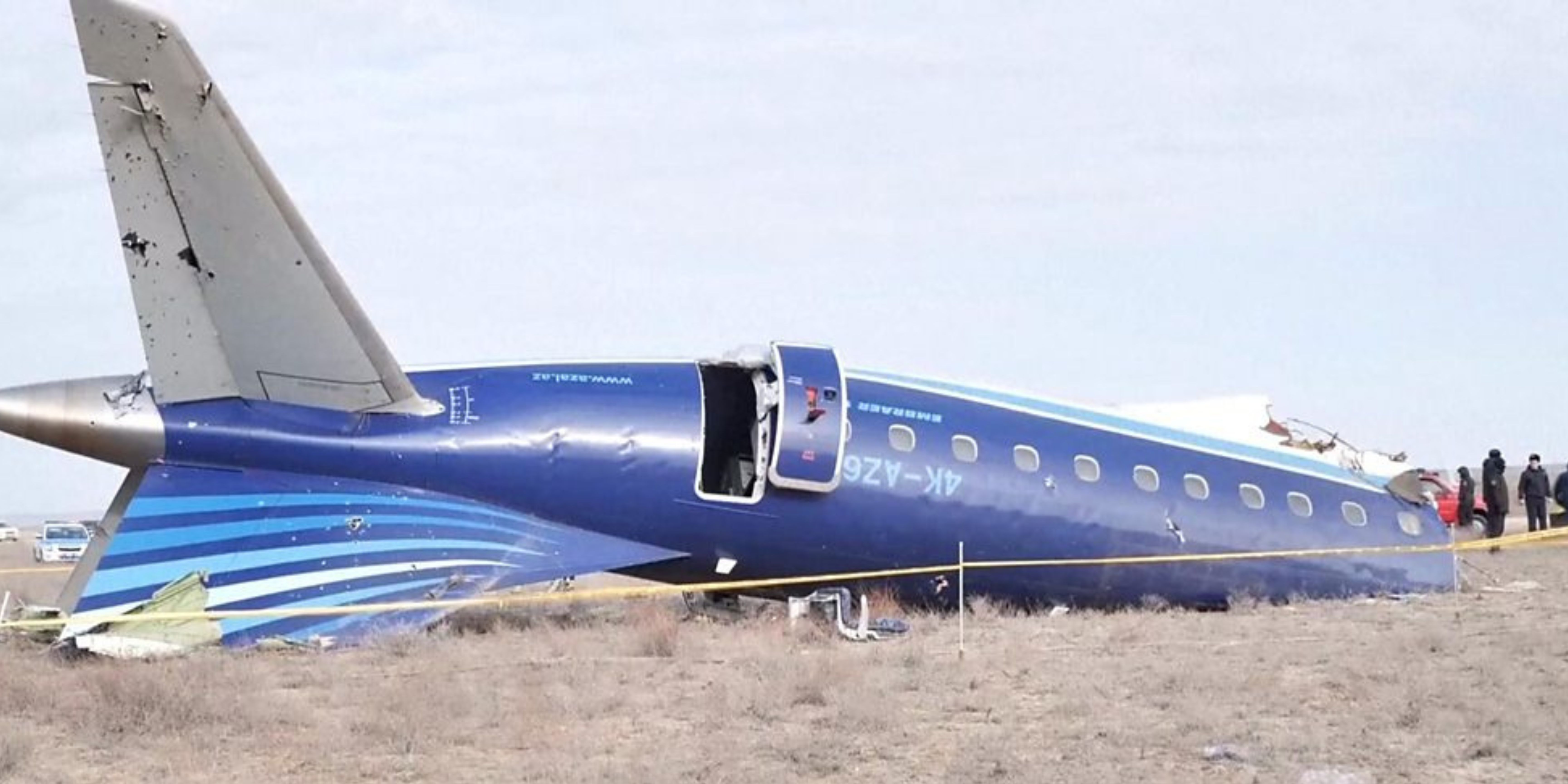



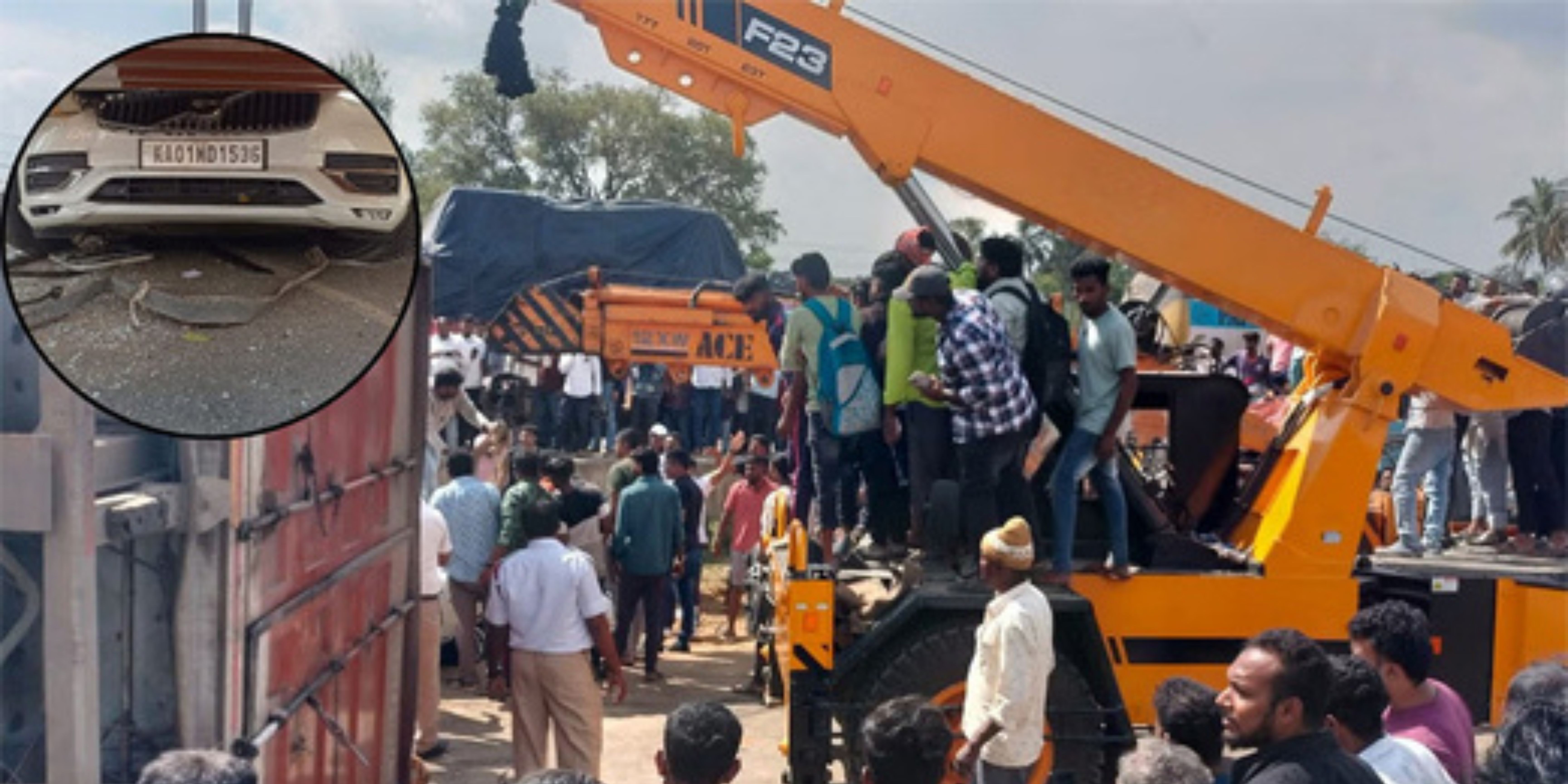





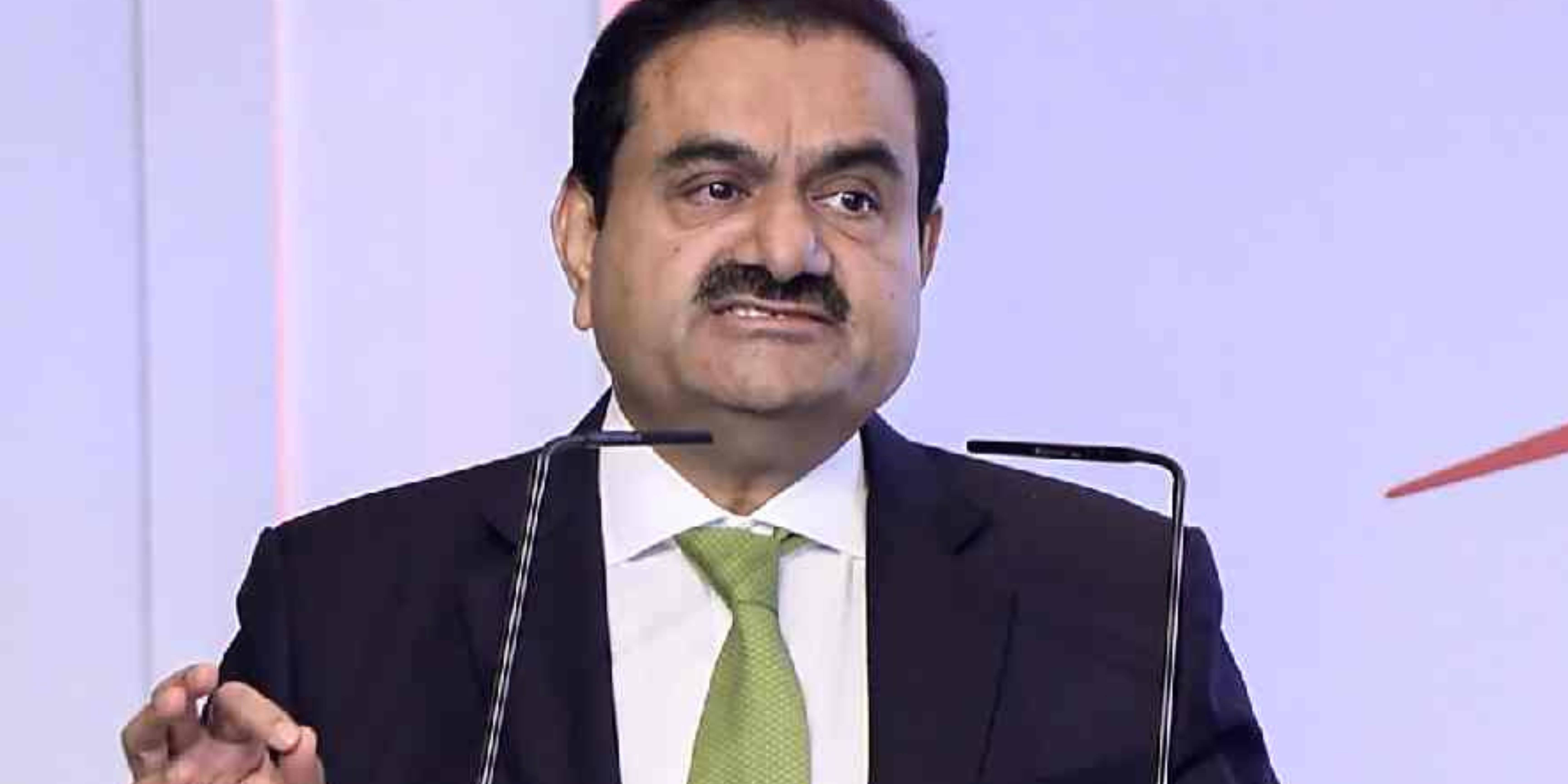
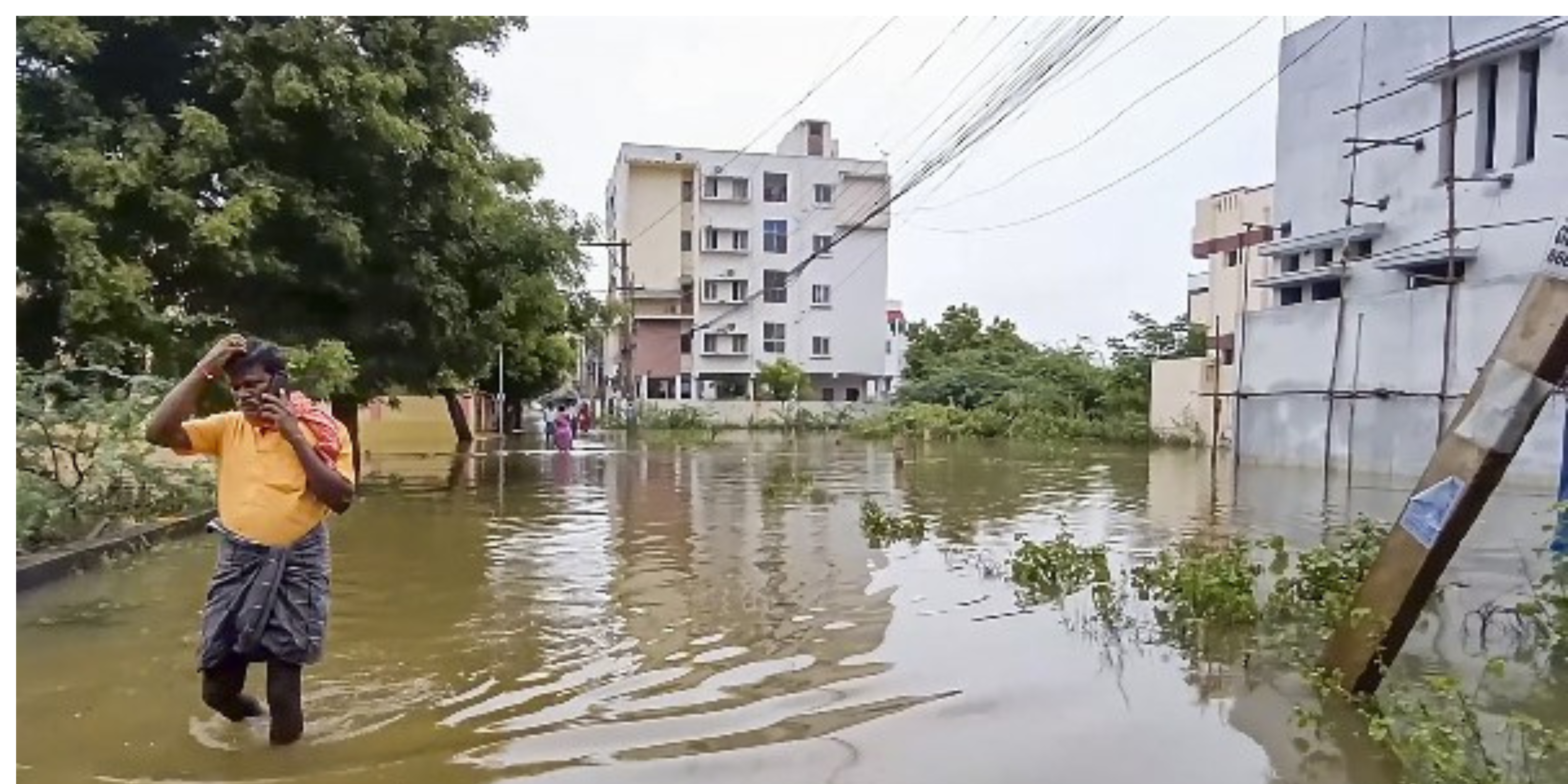
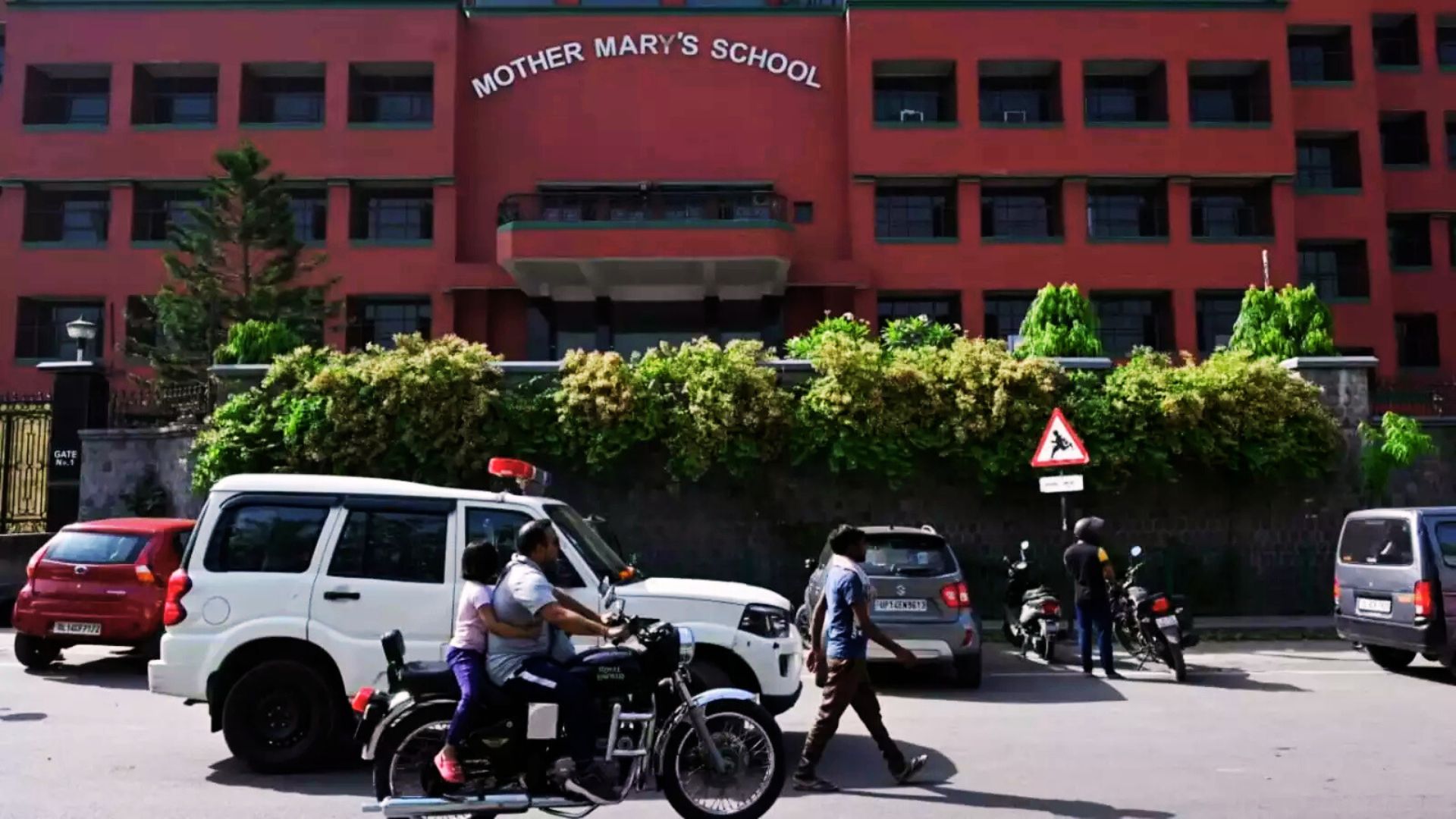

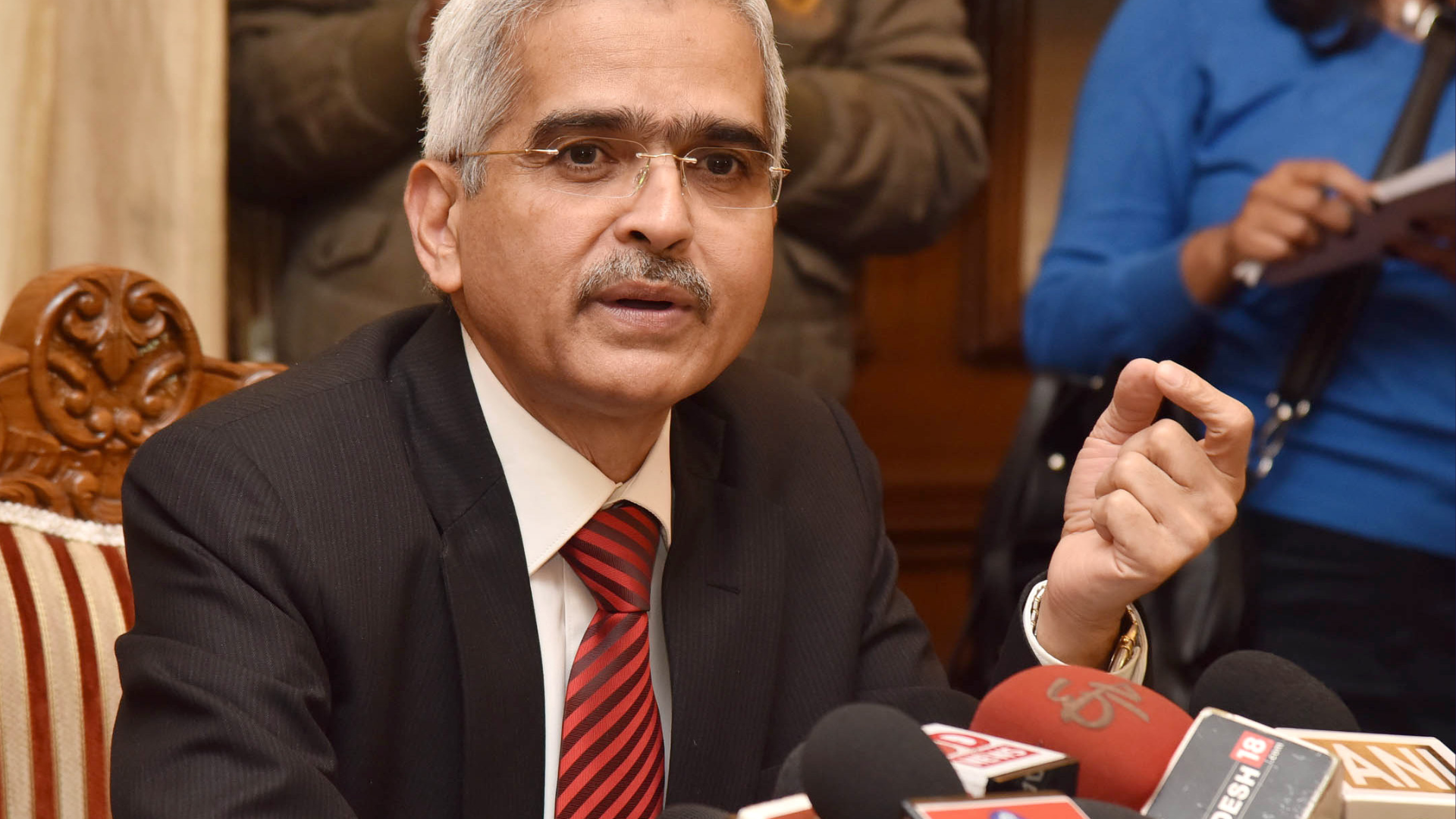



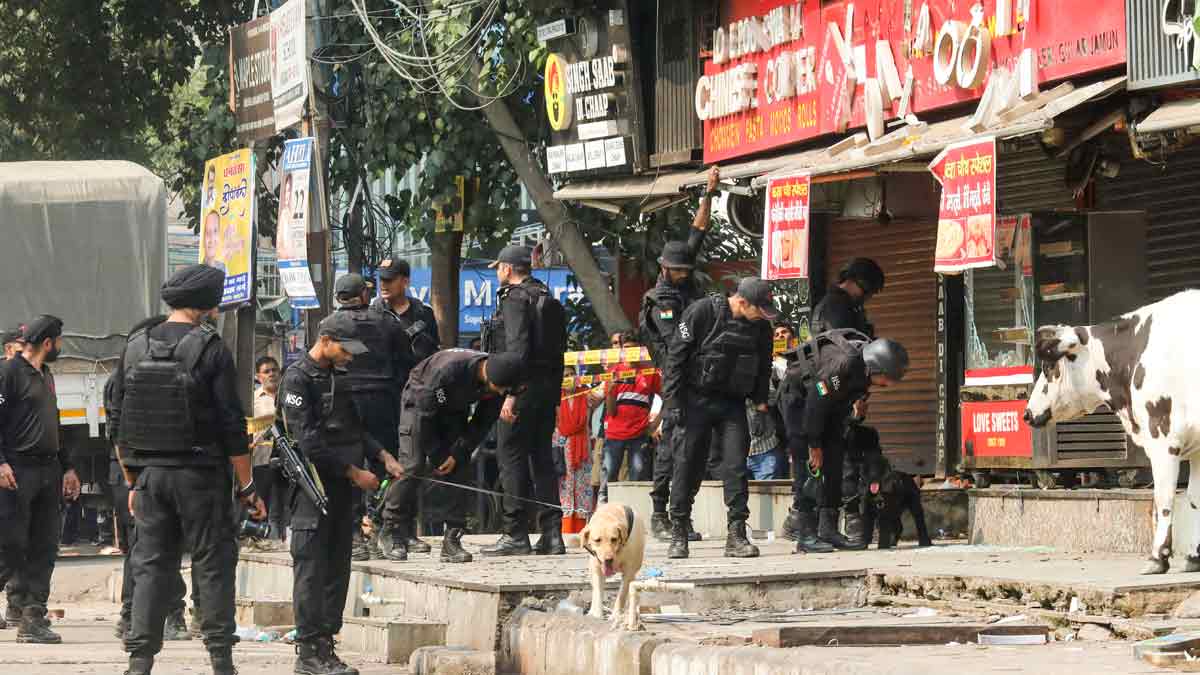
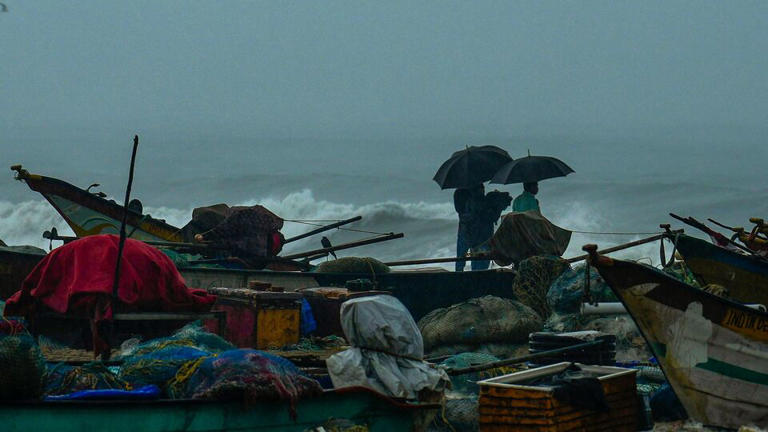


.png)
 (1).png)

